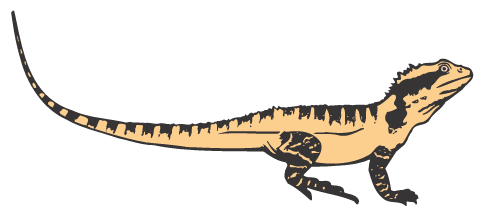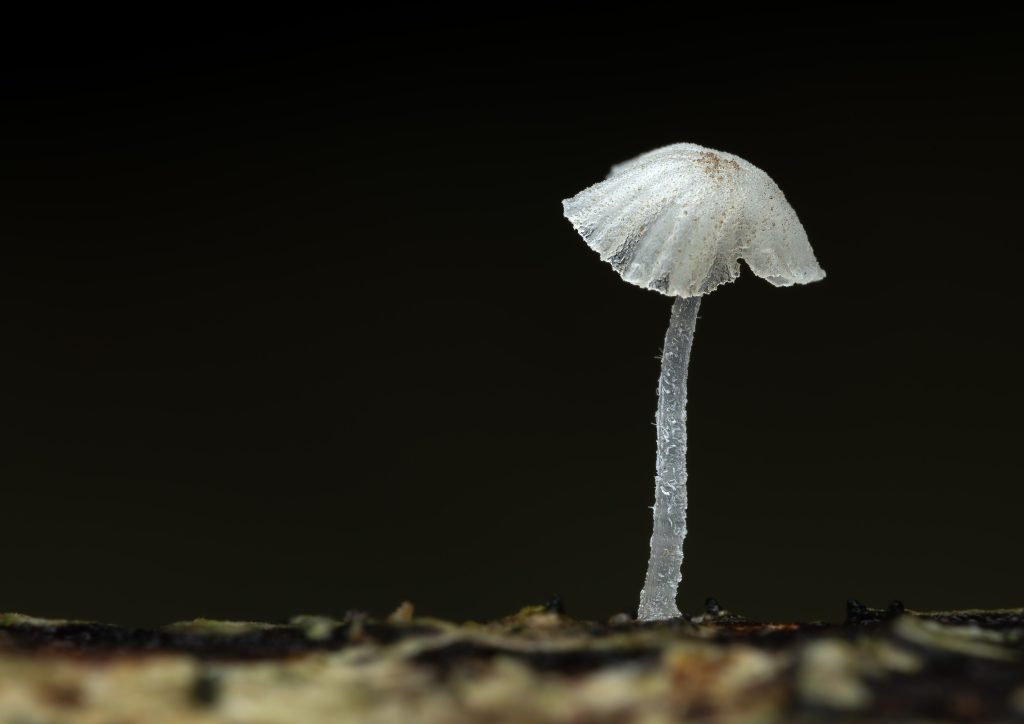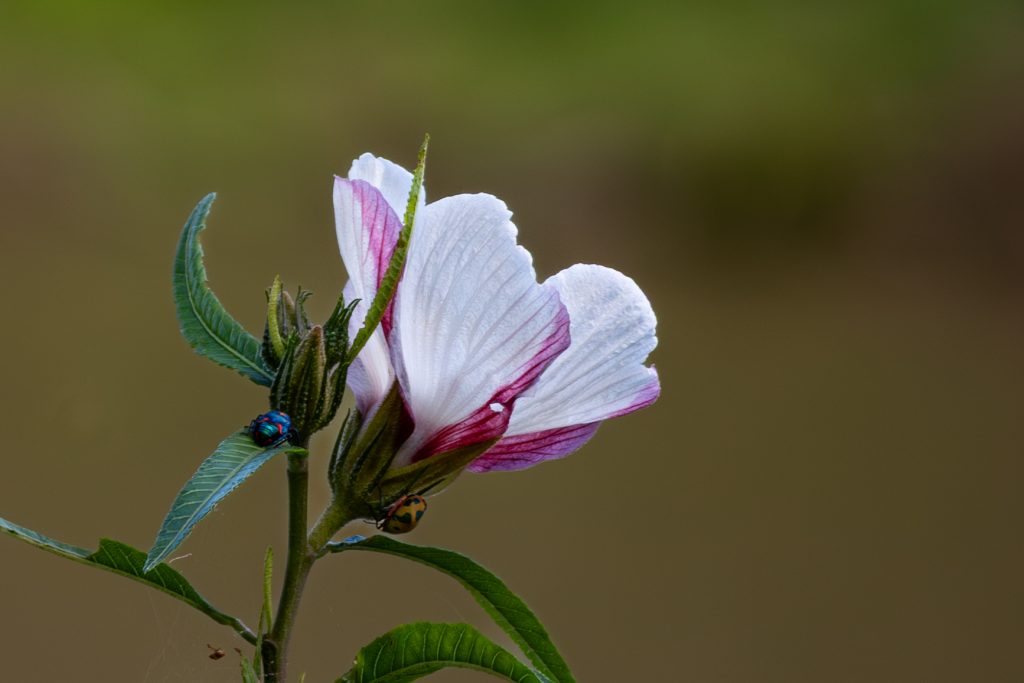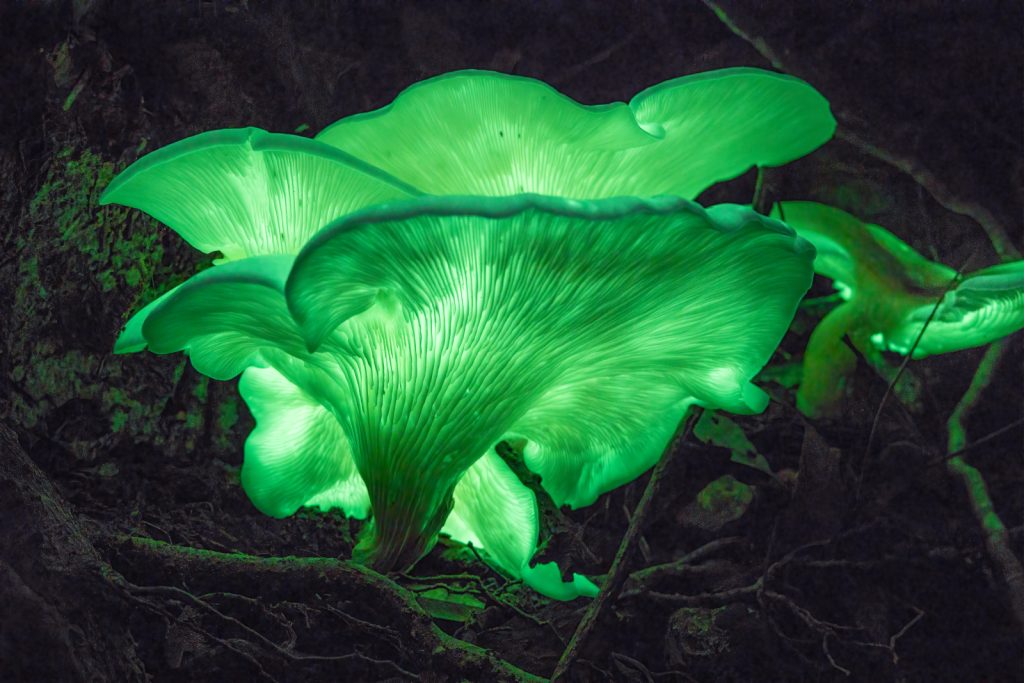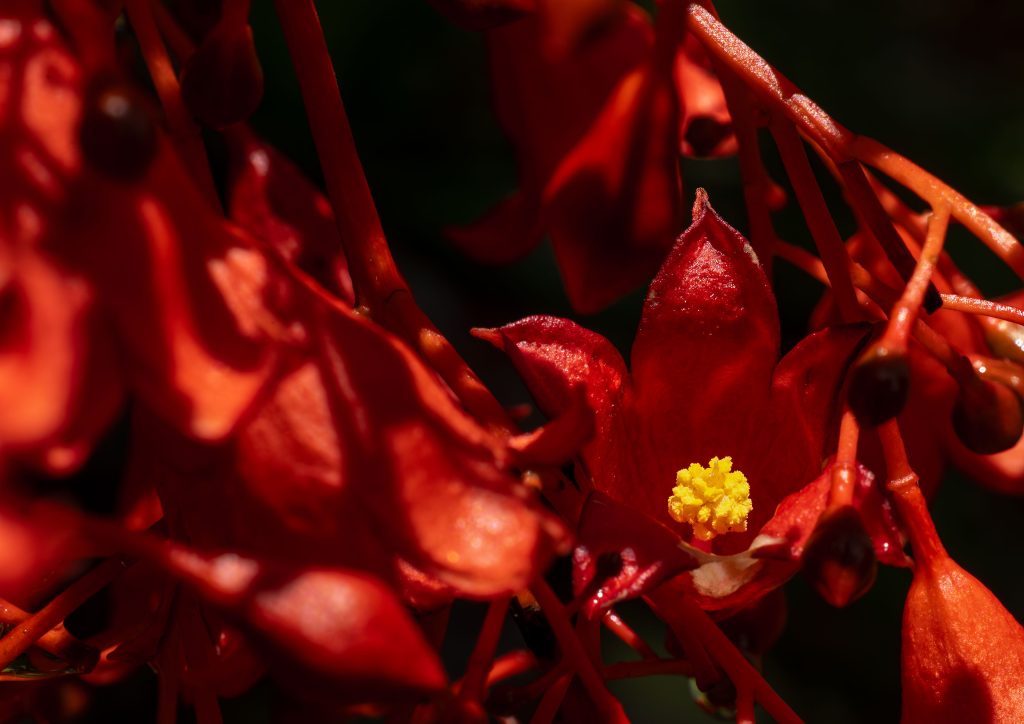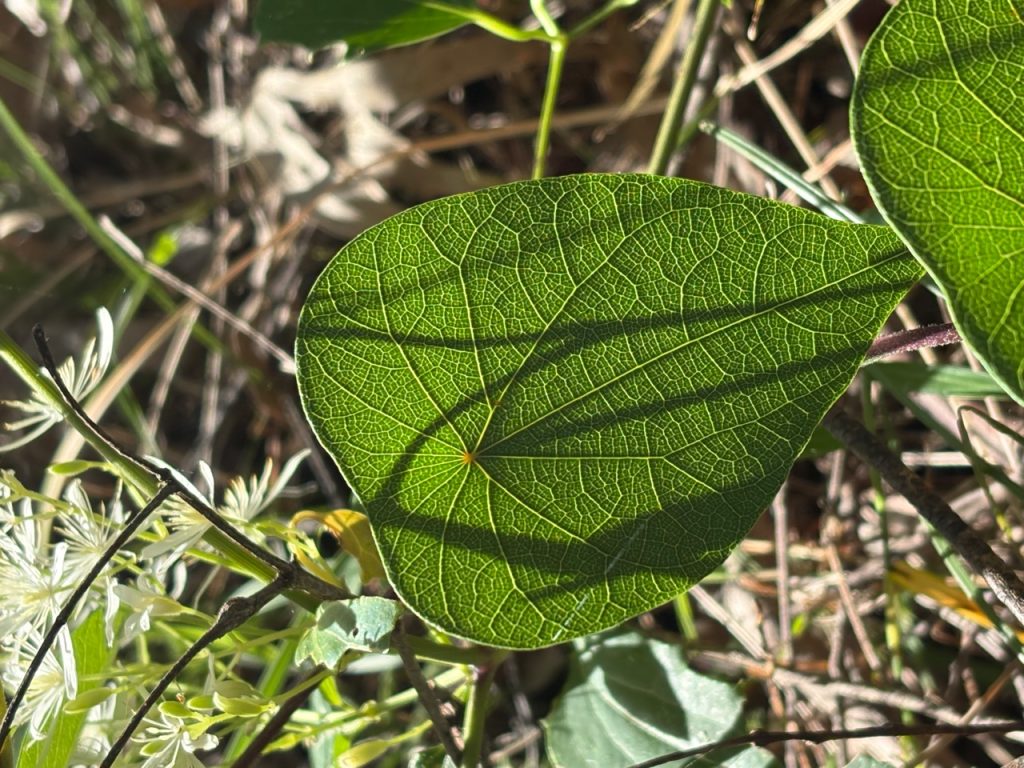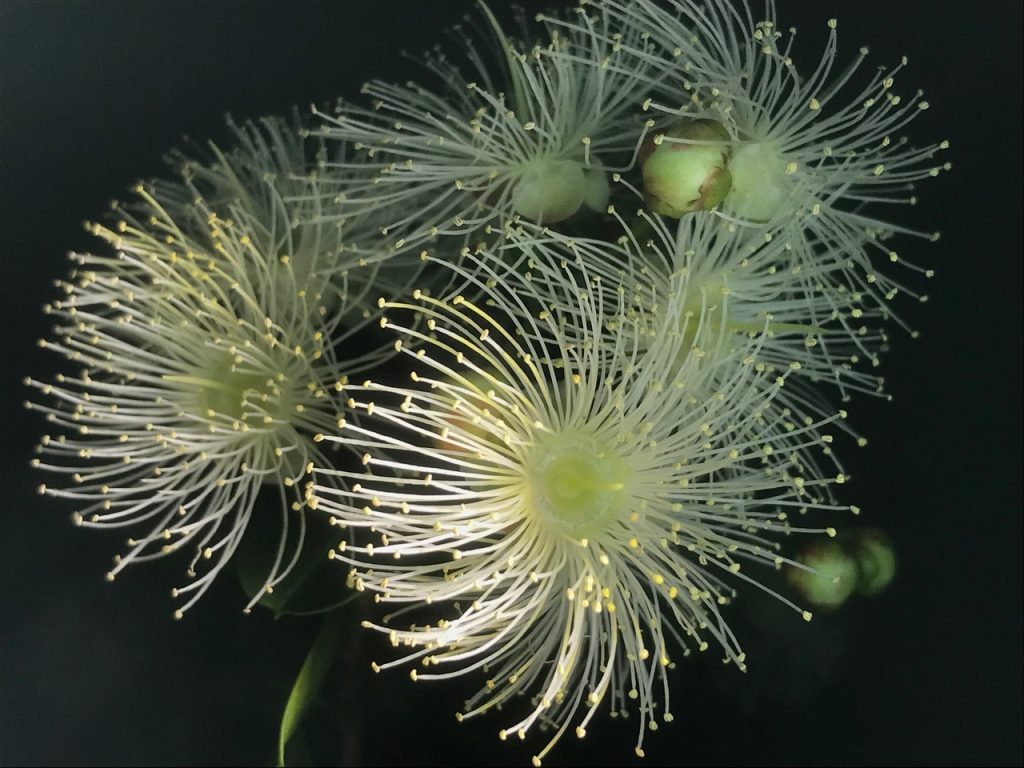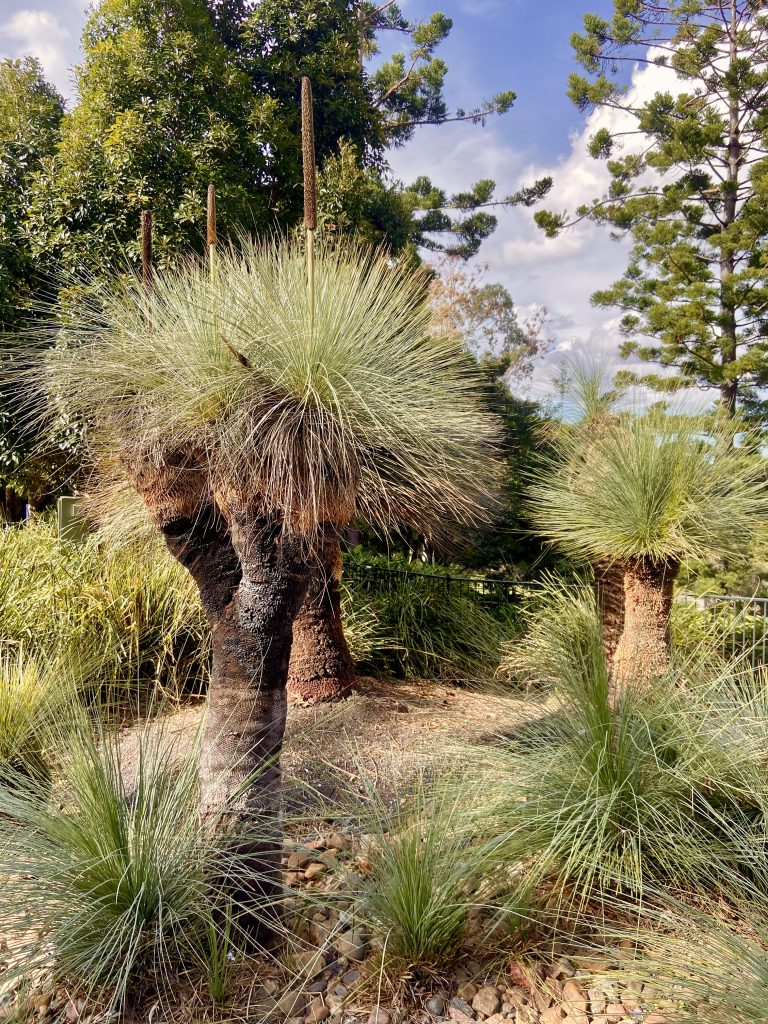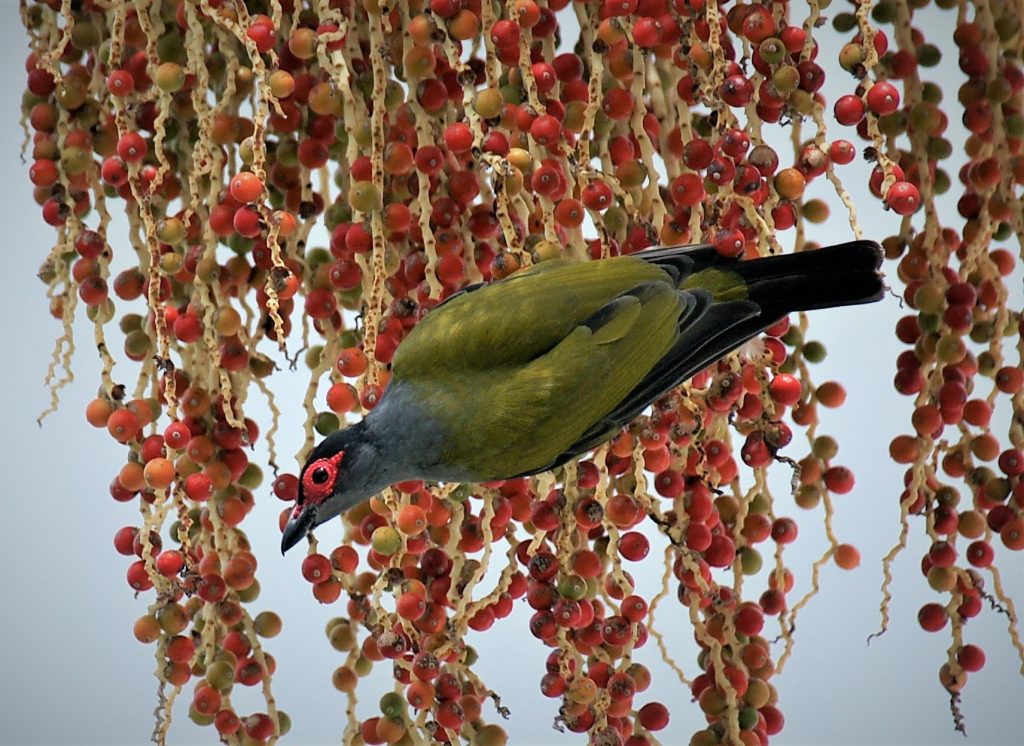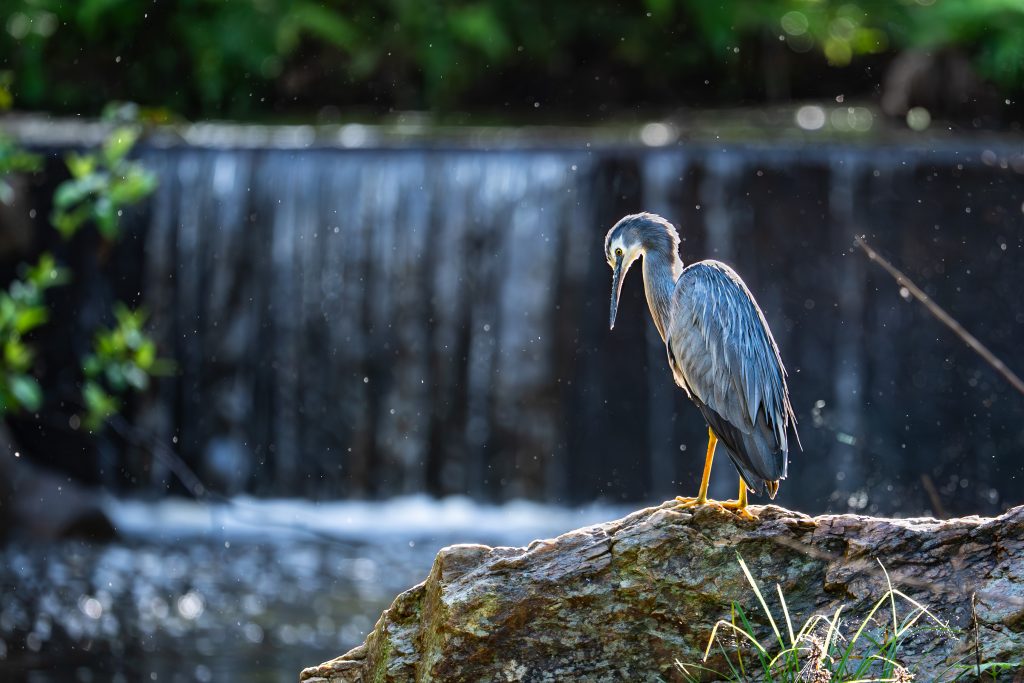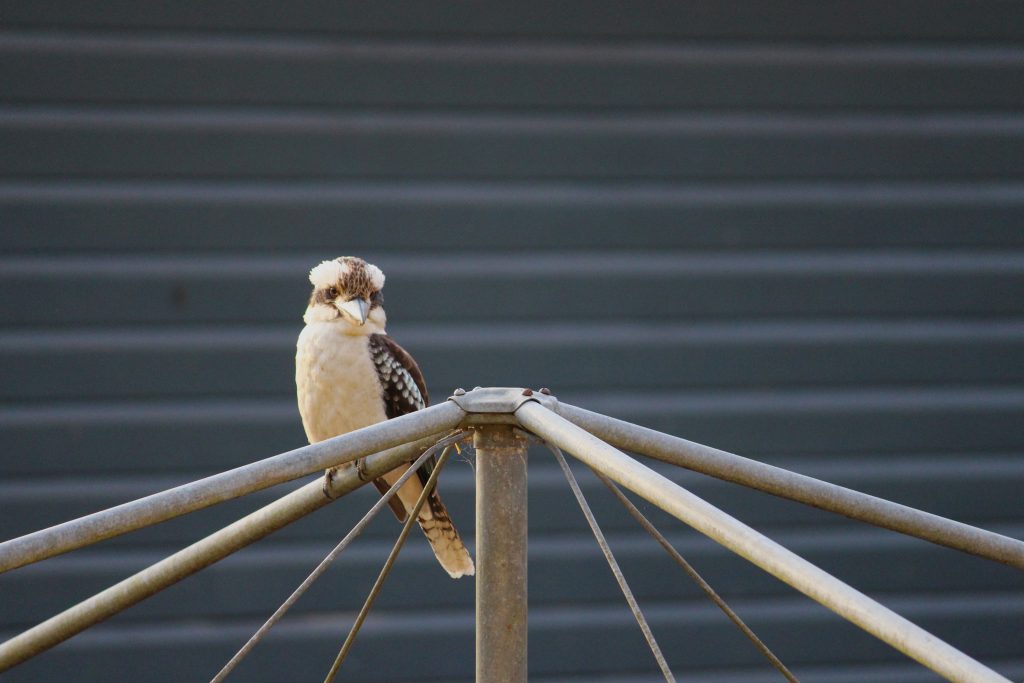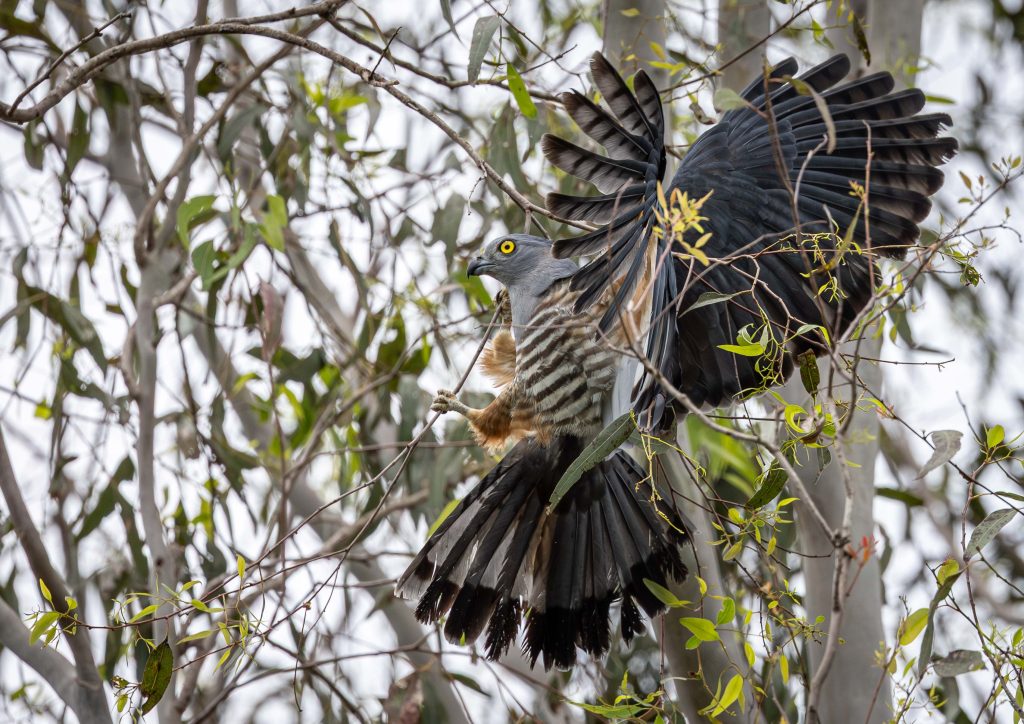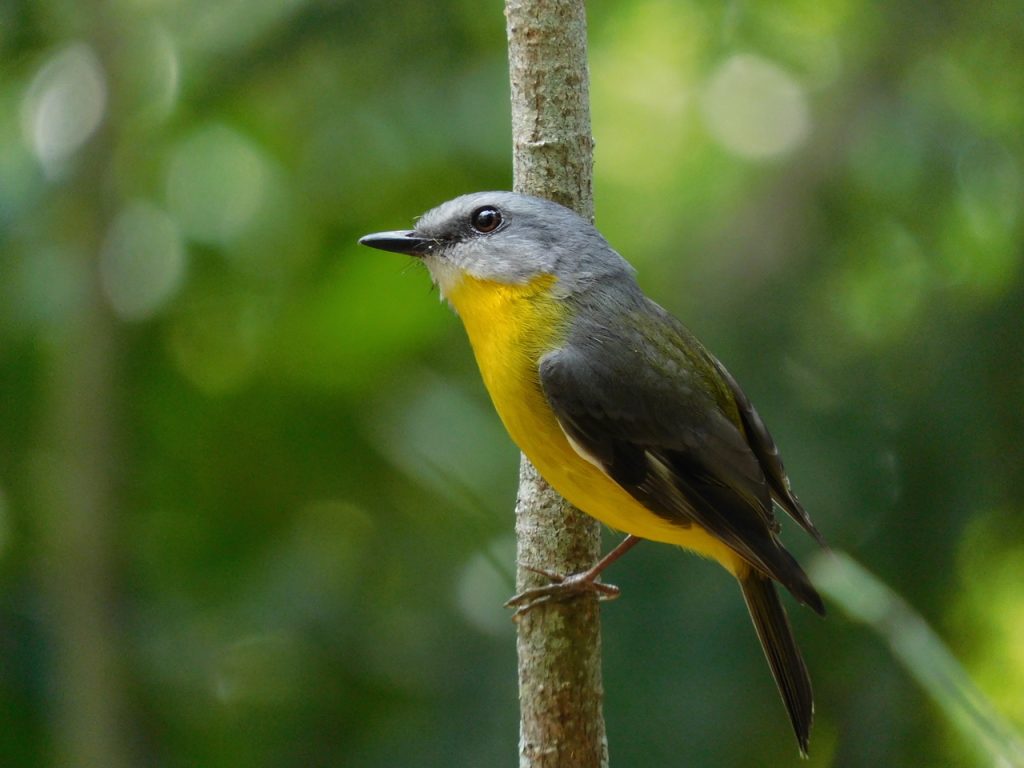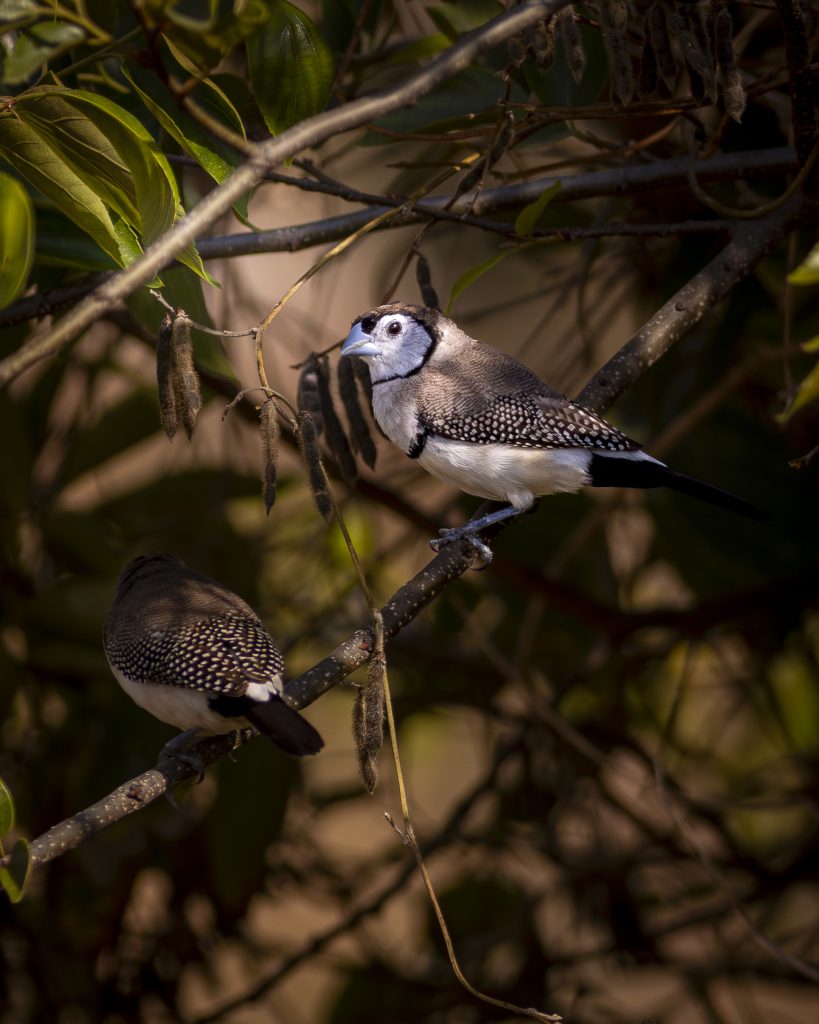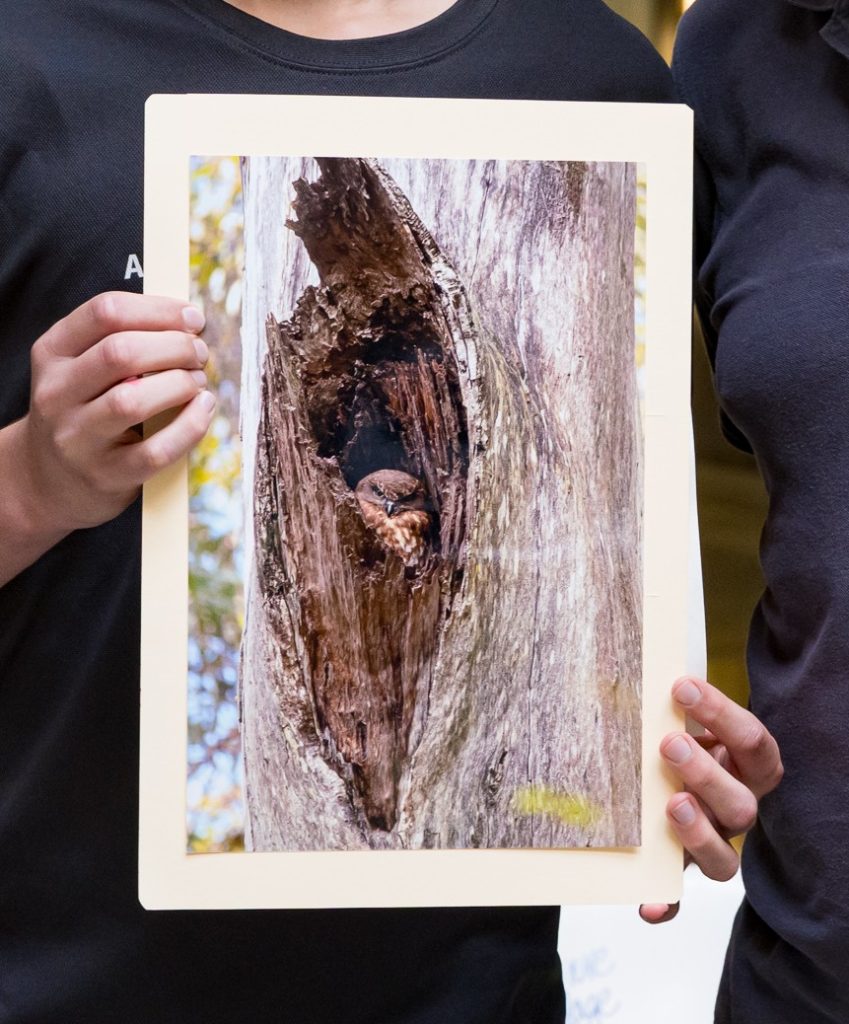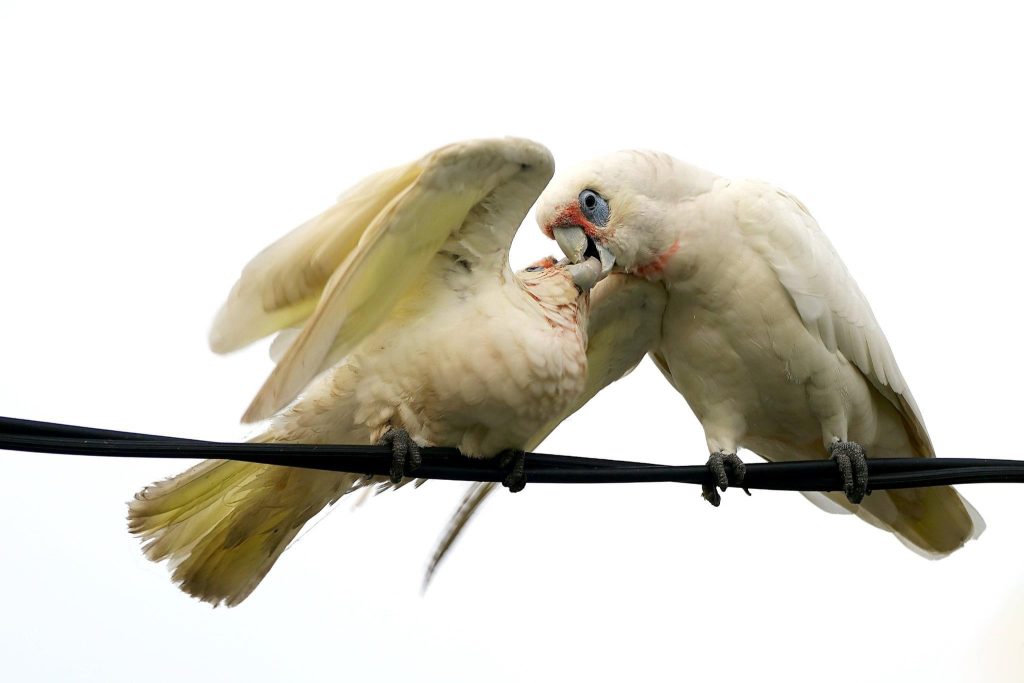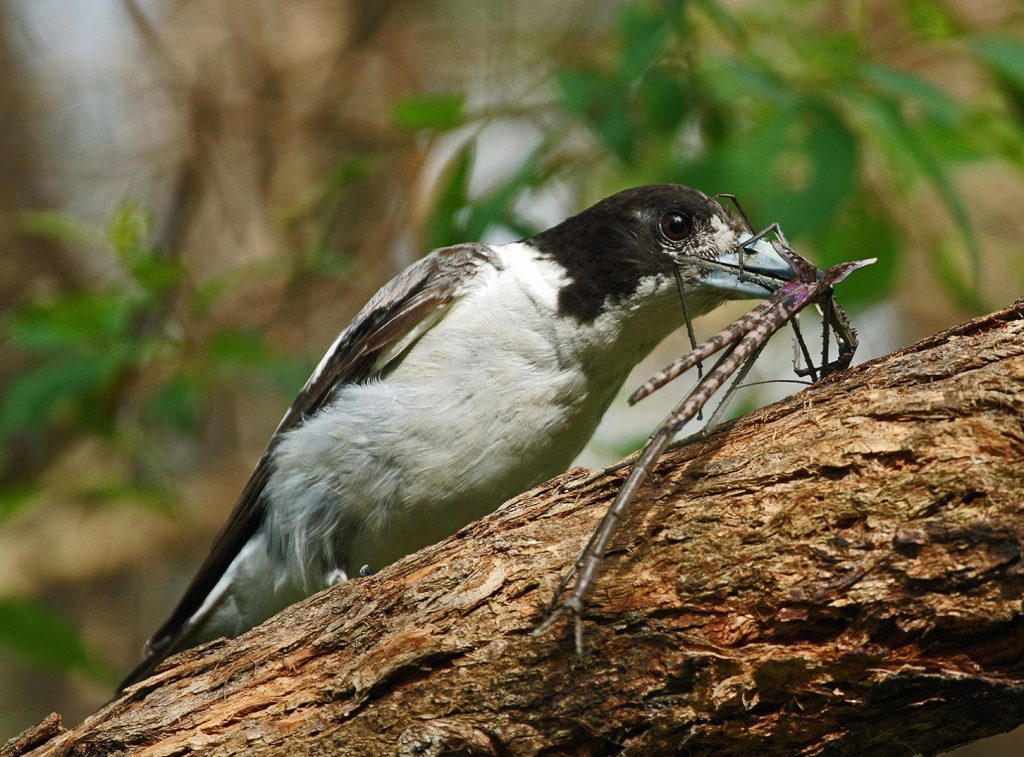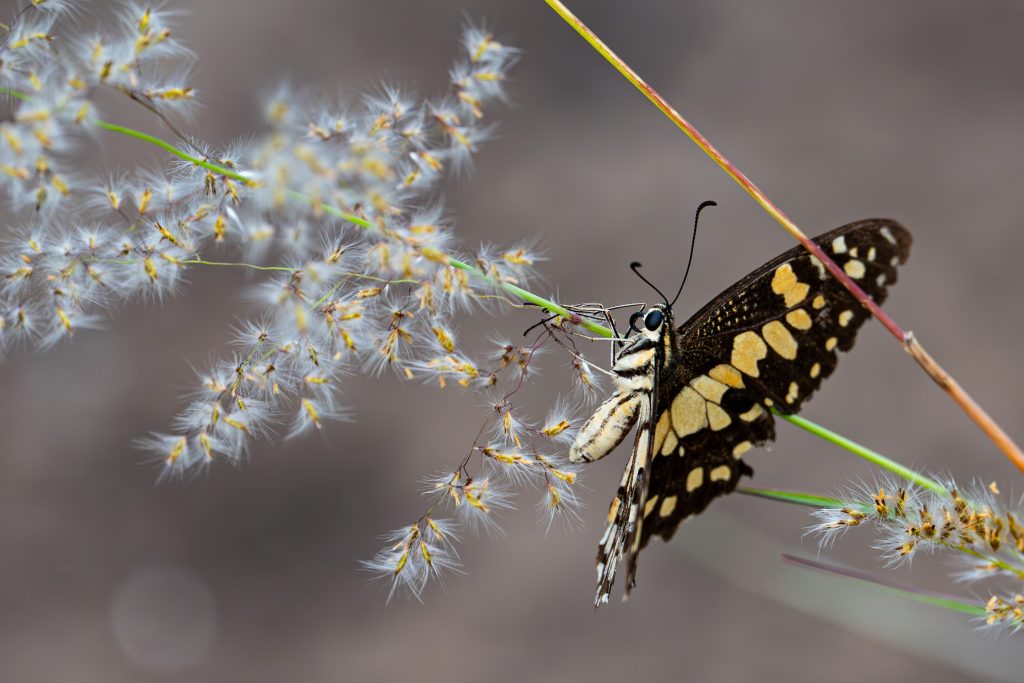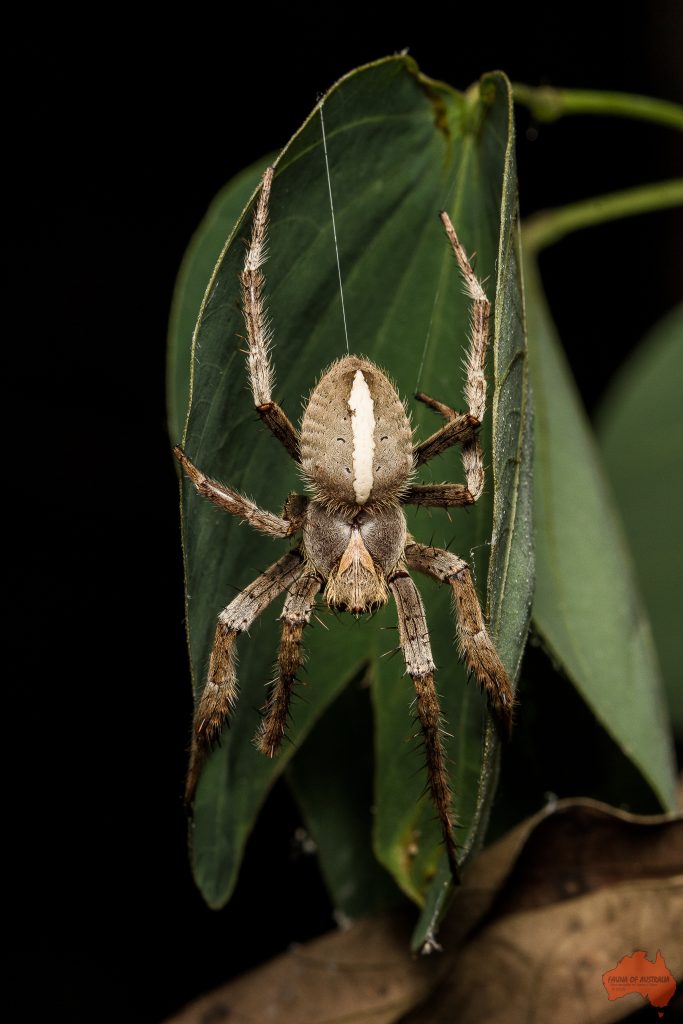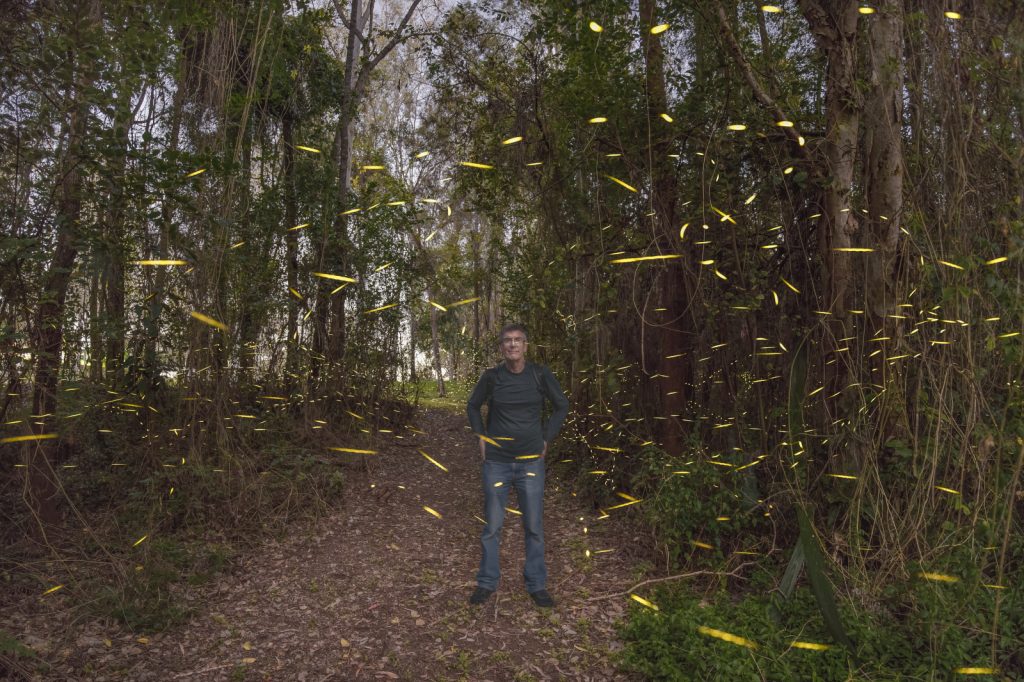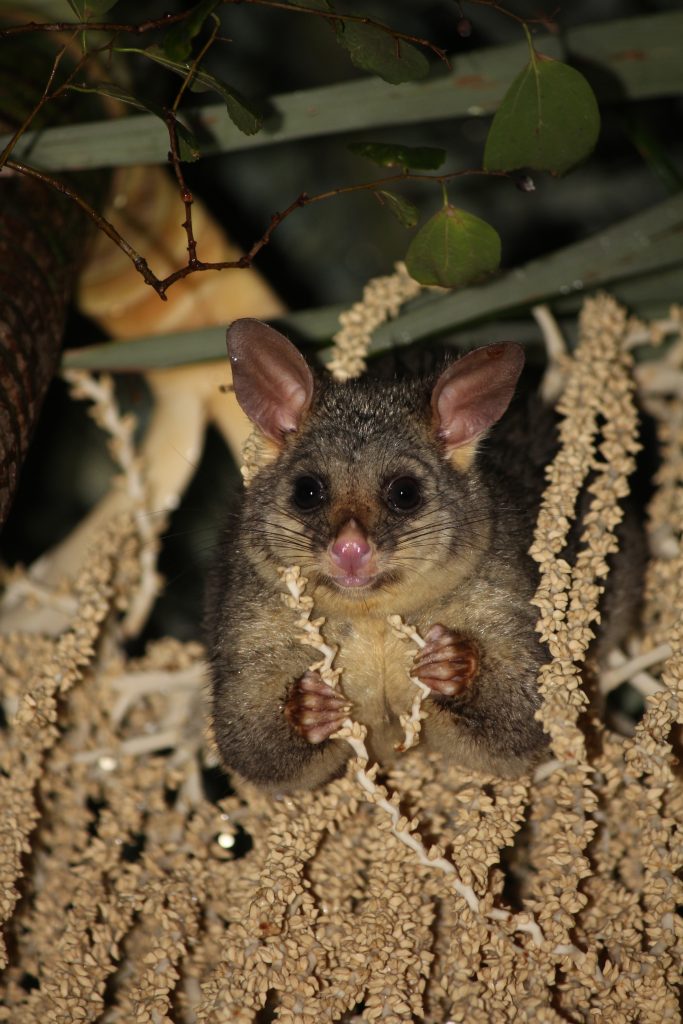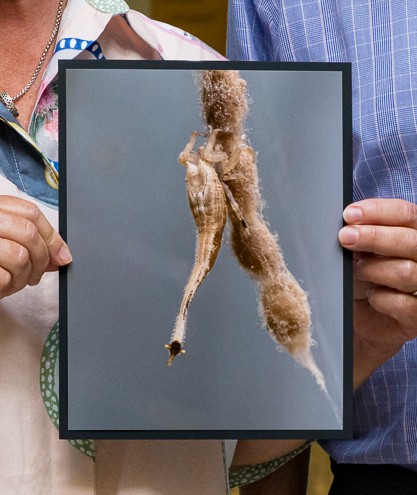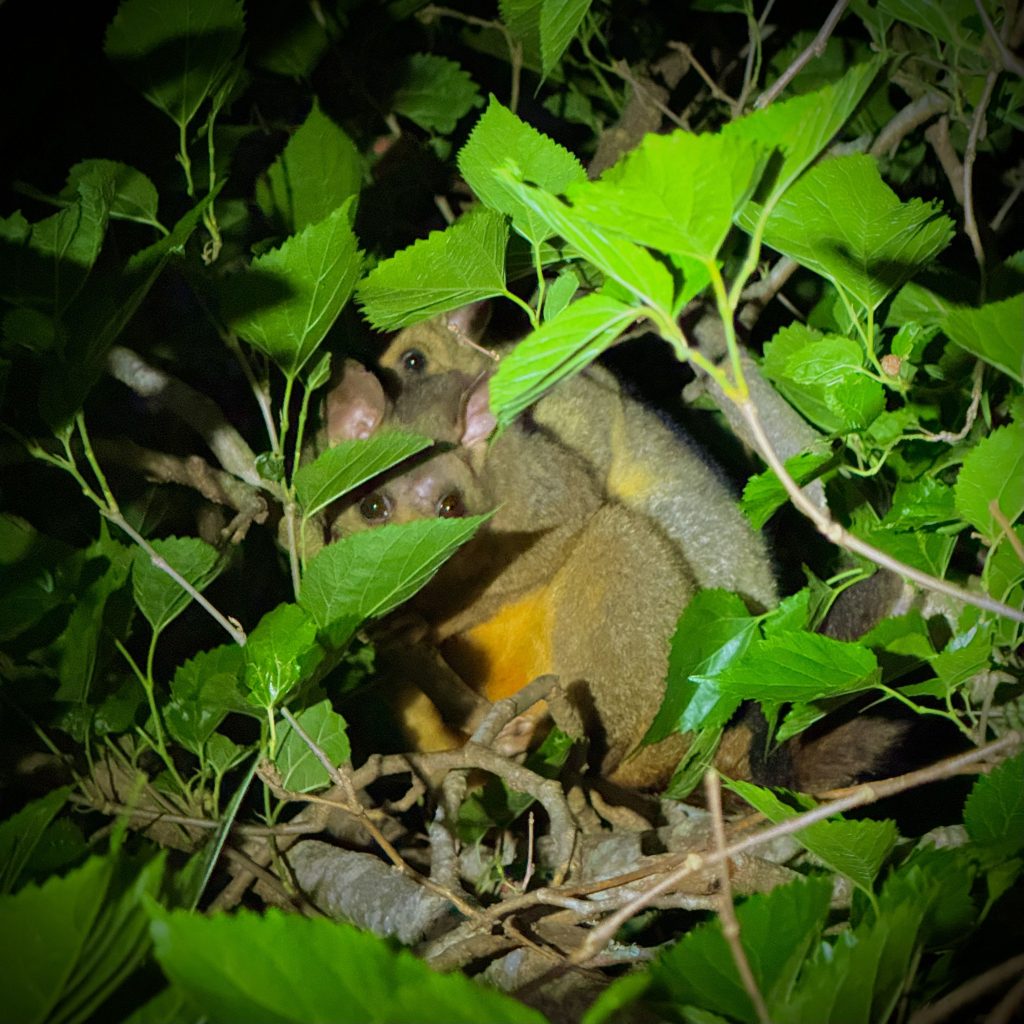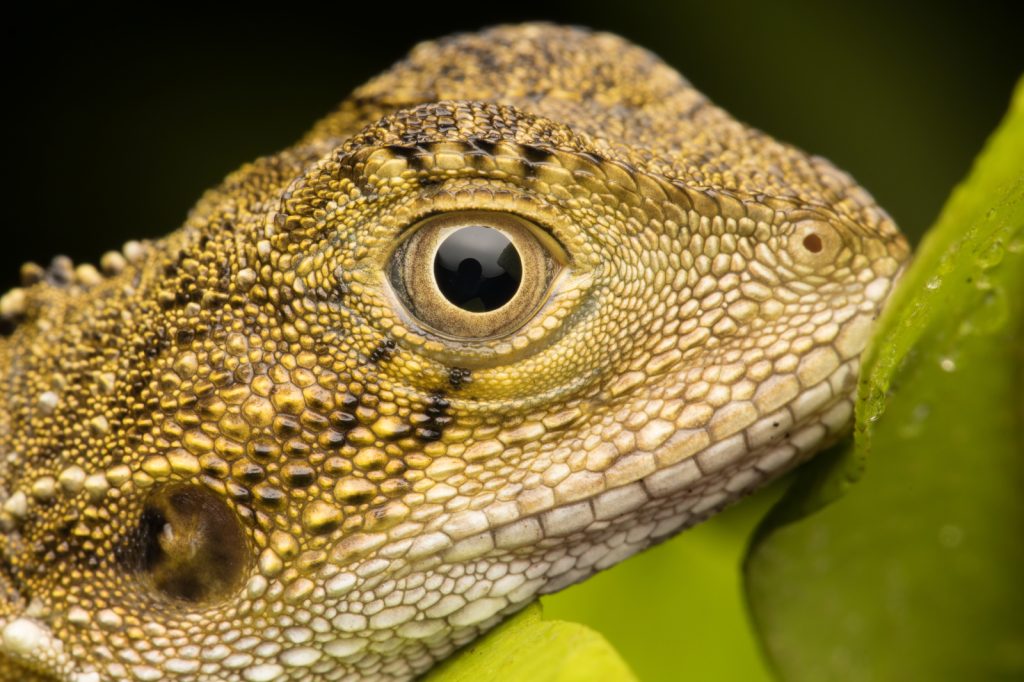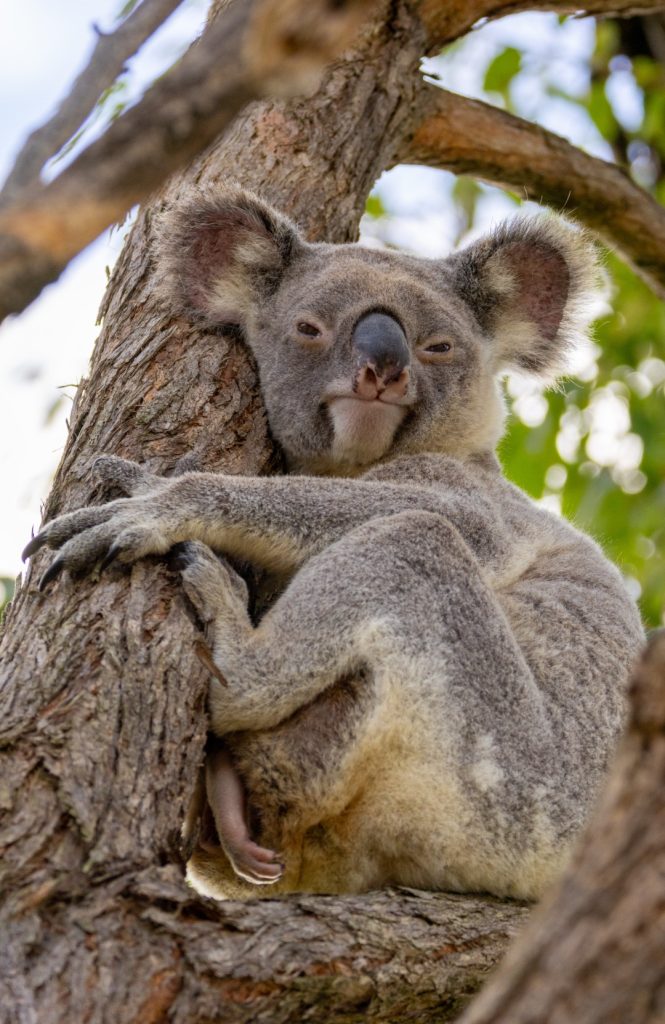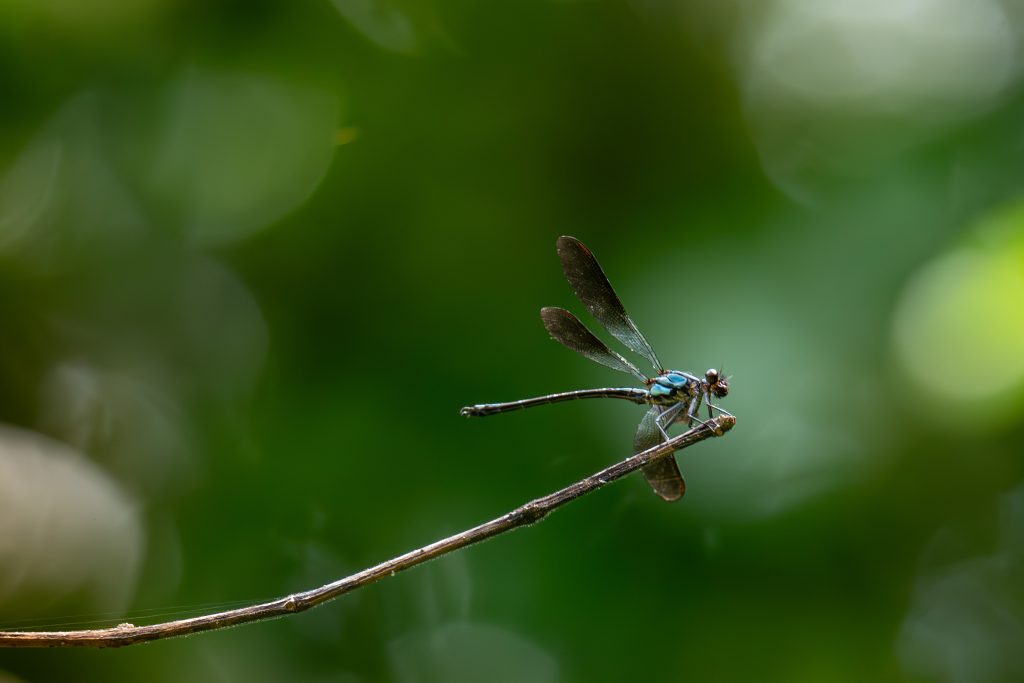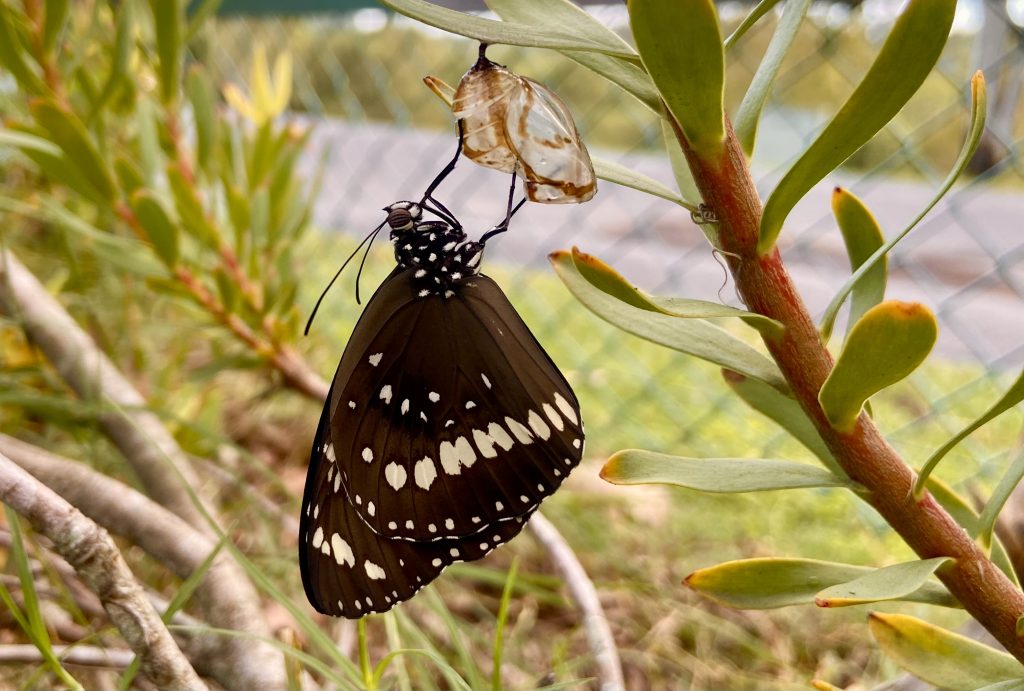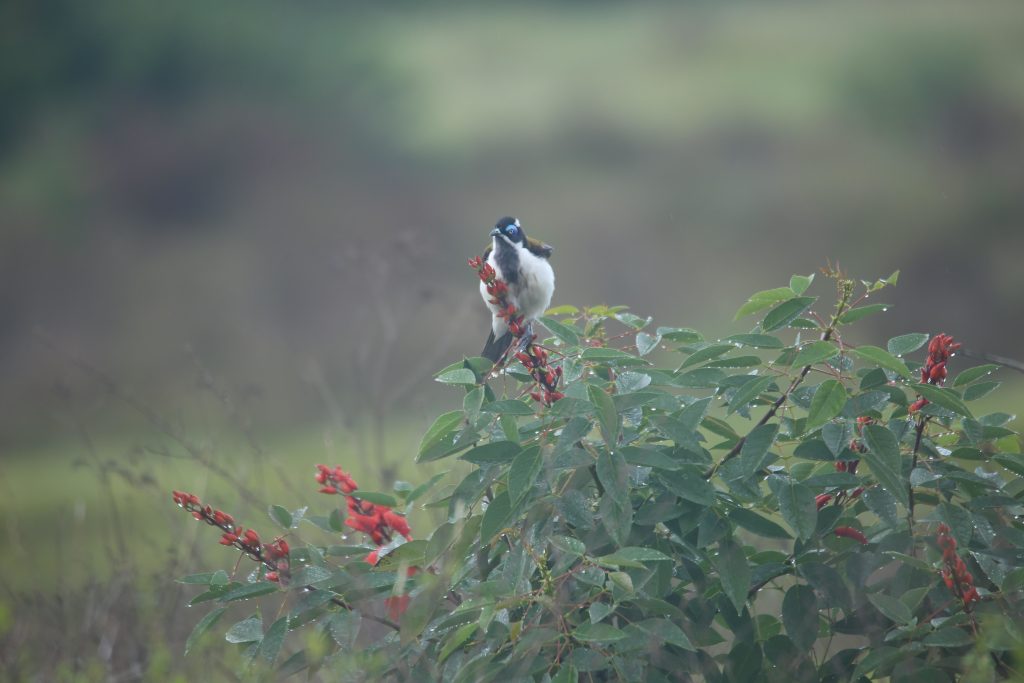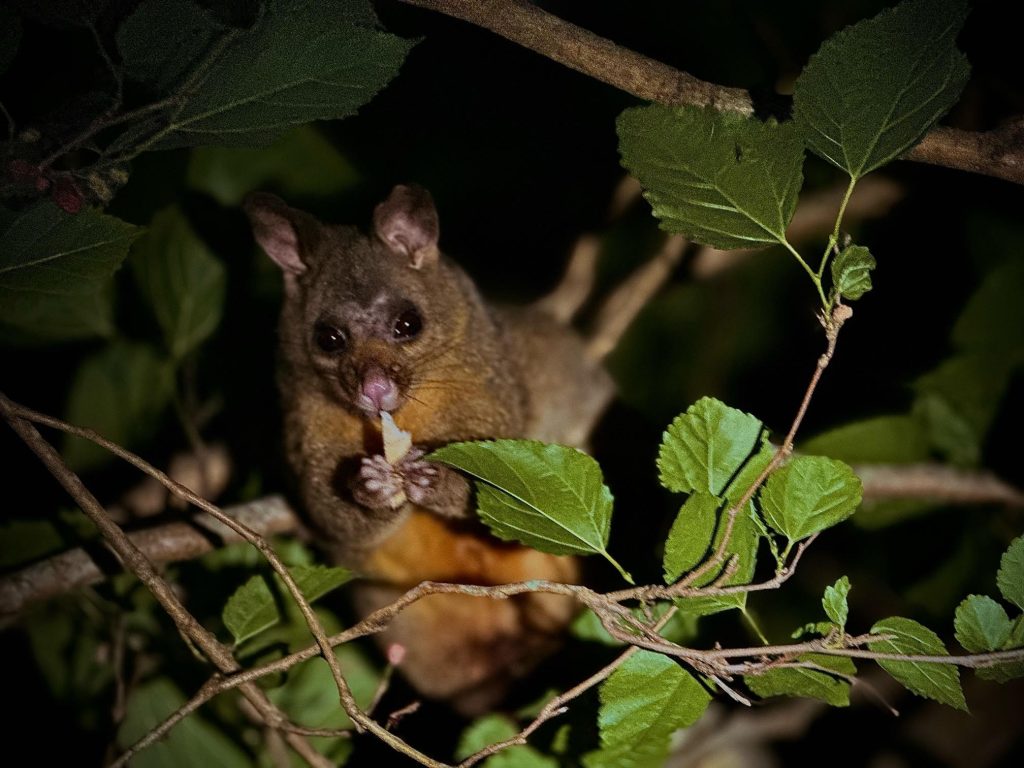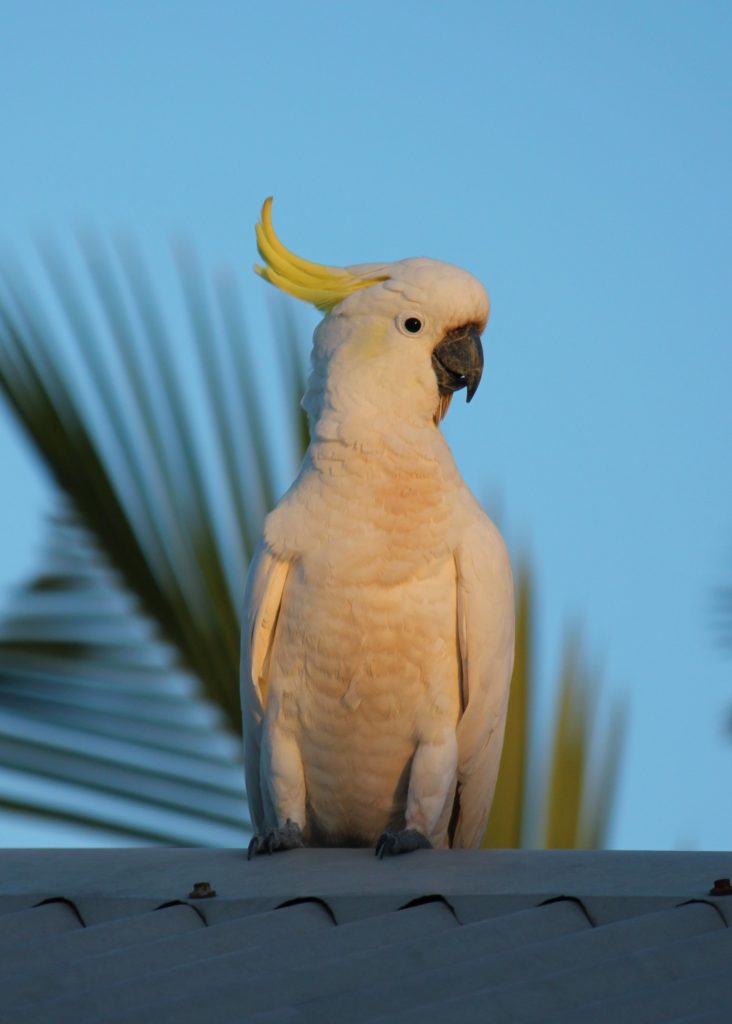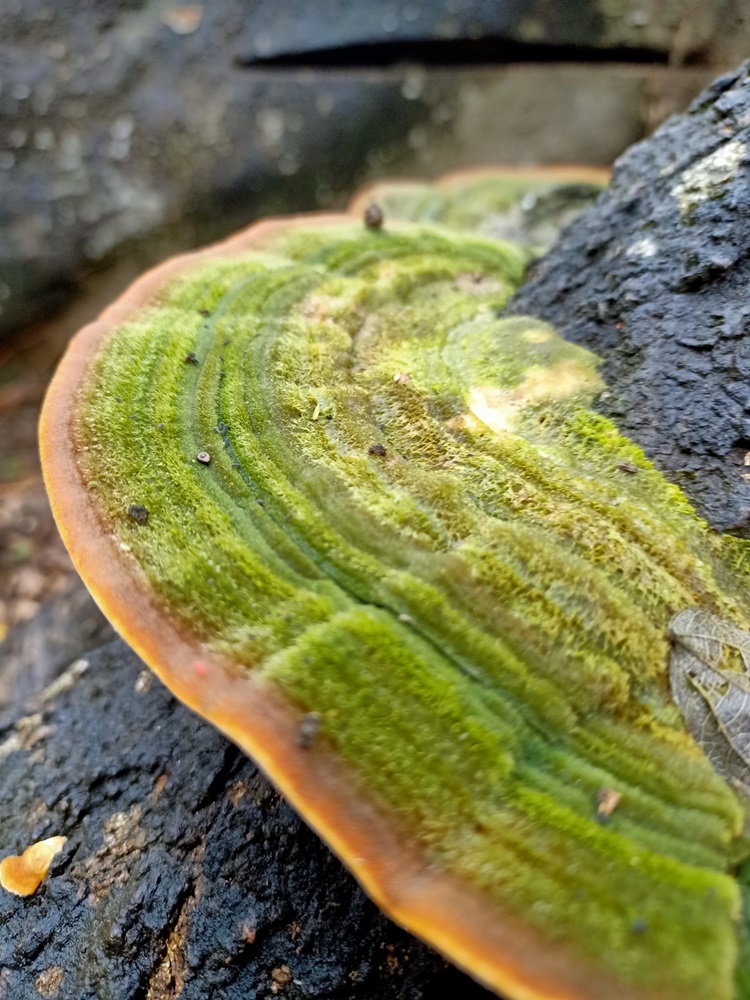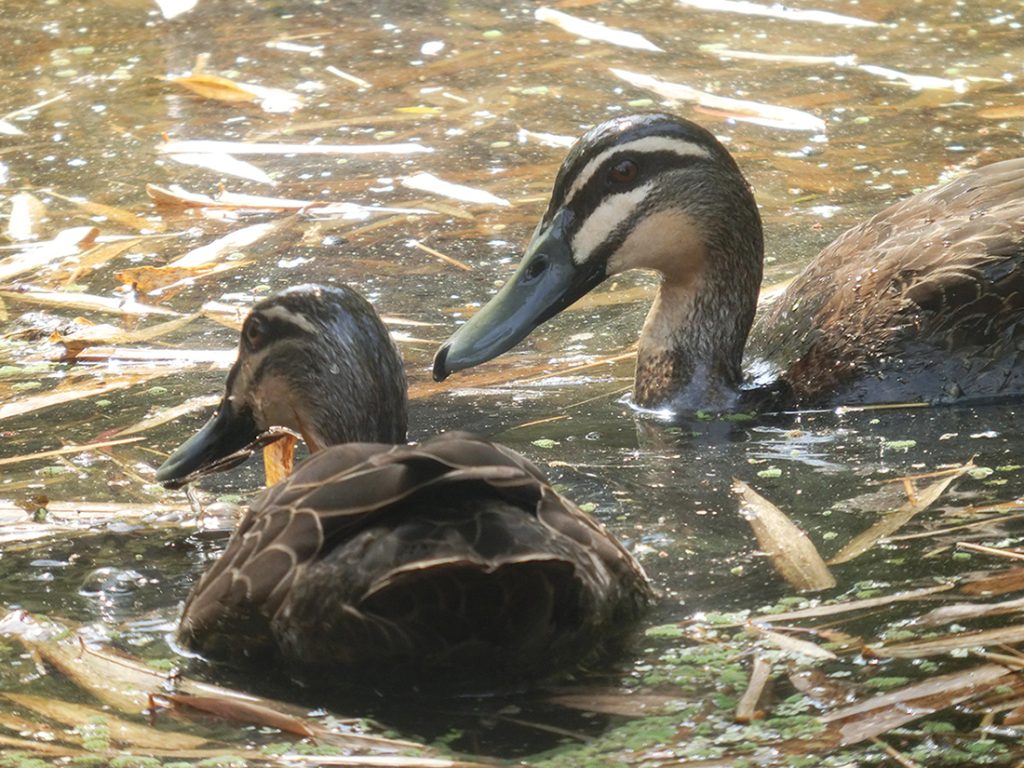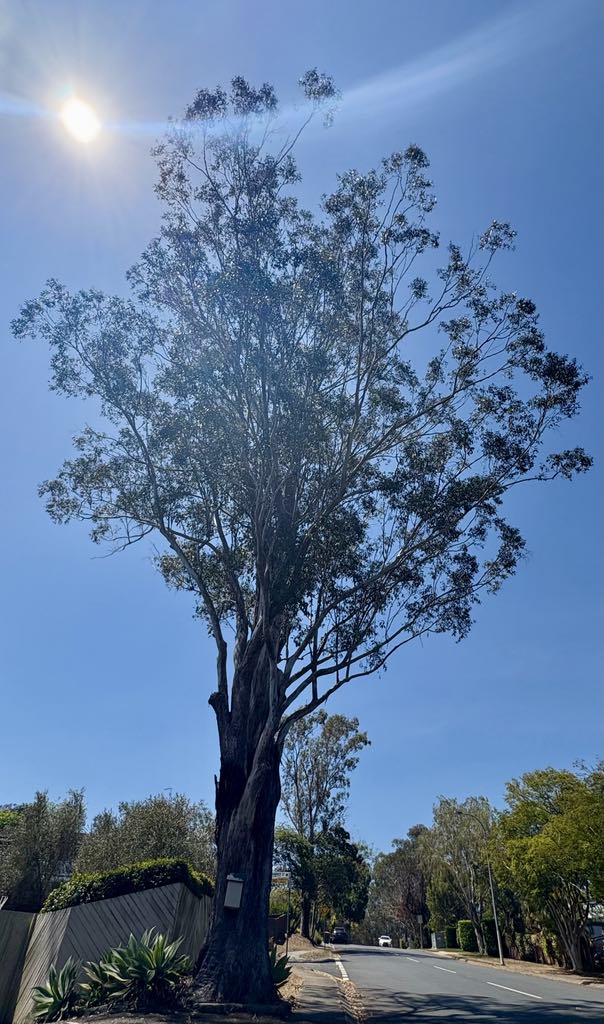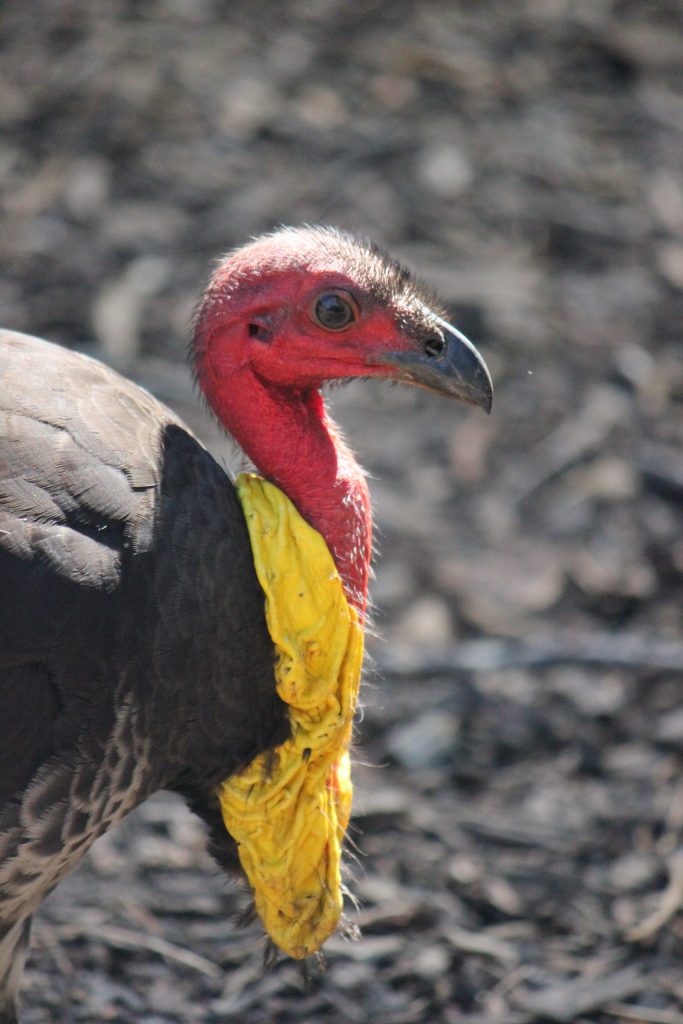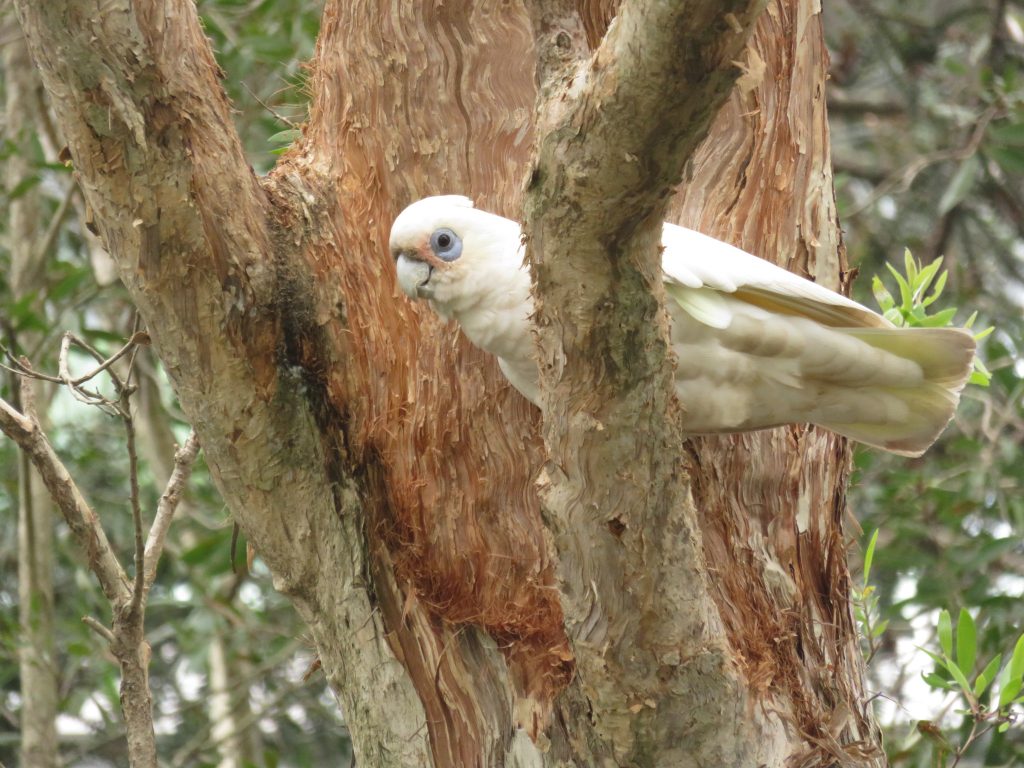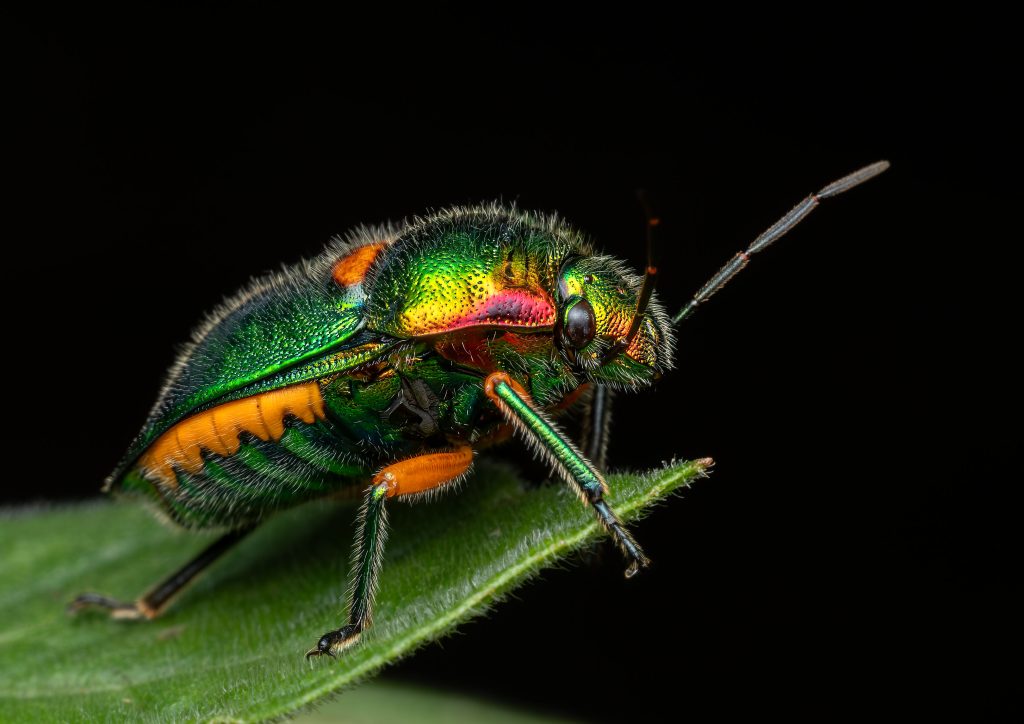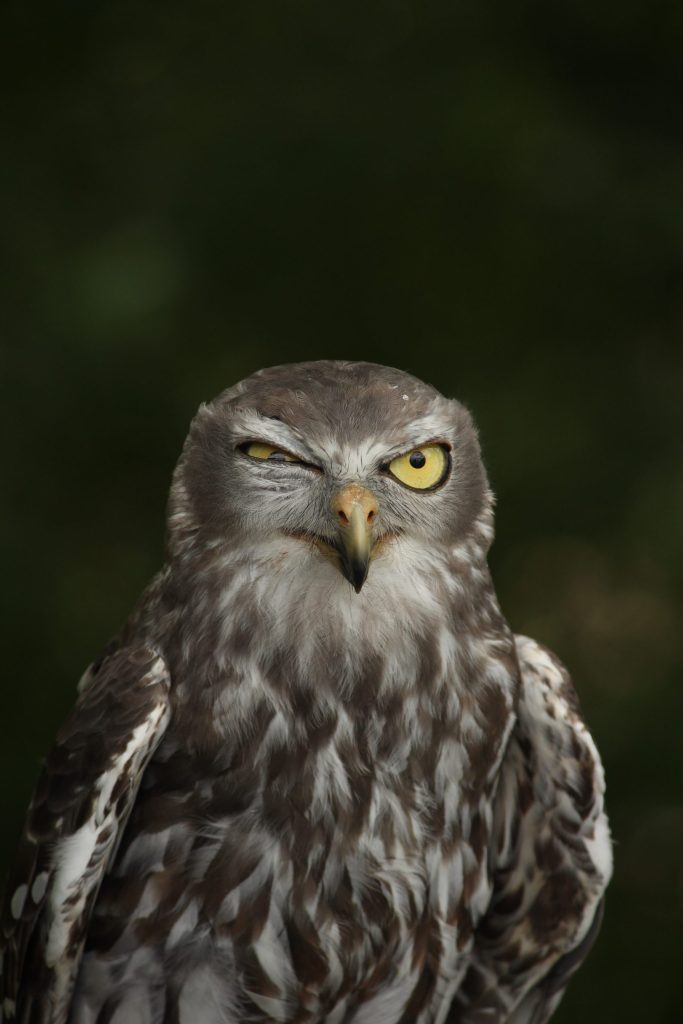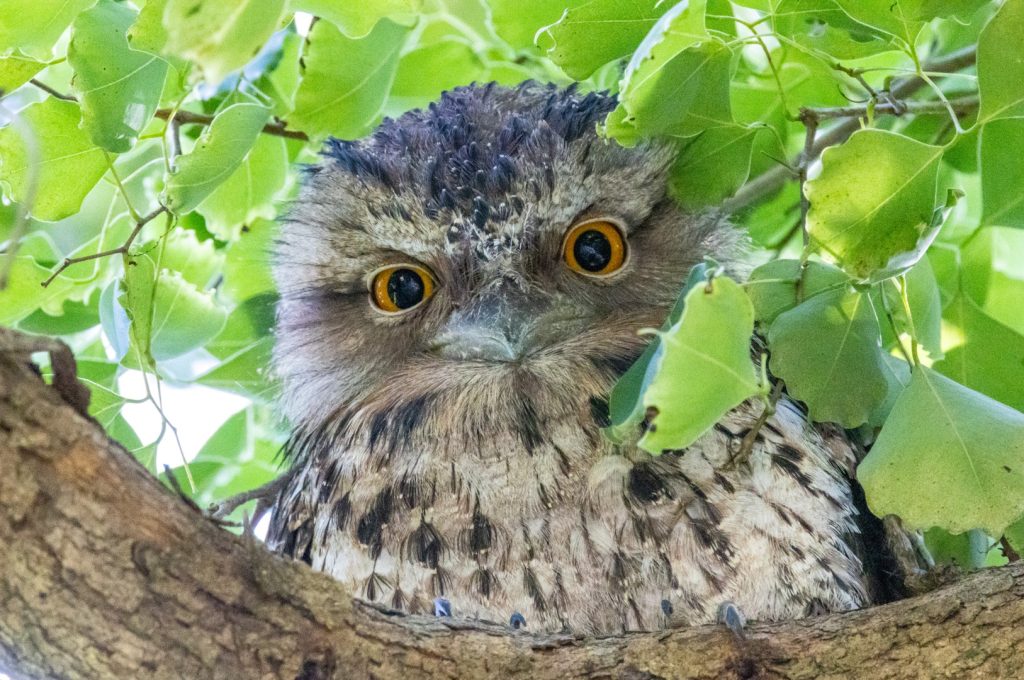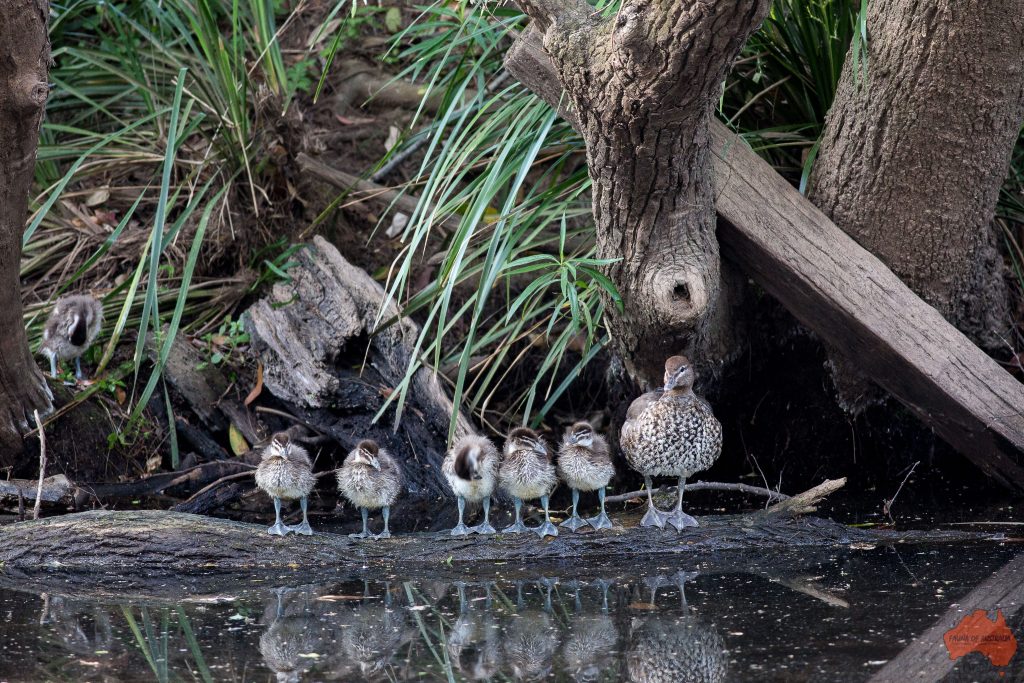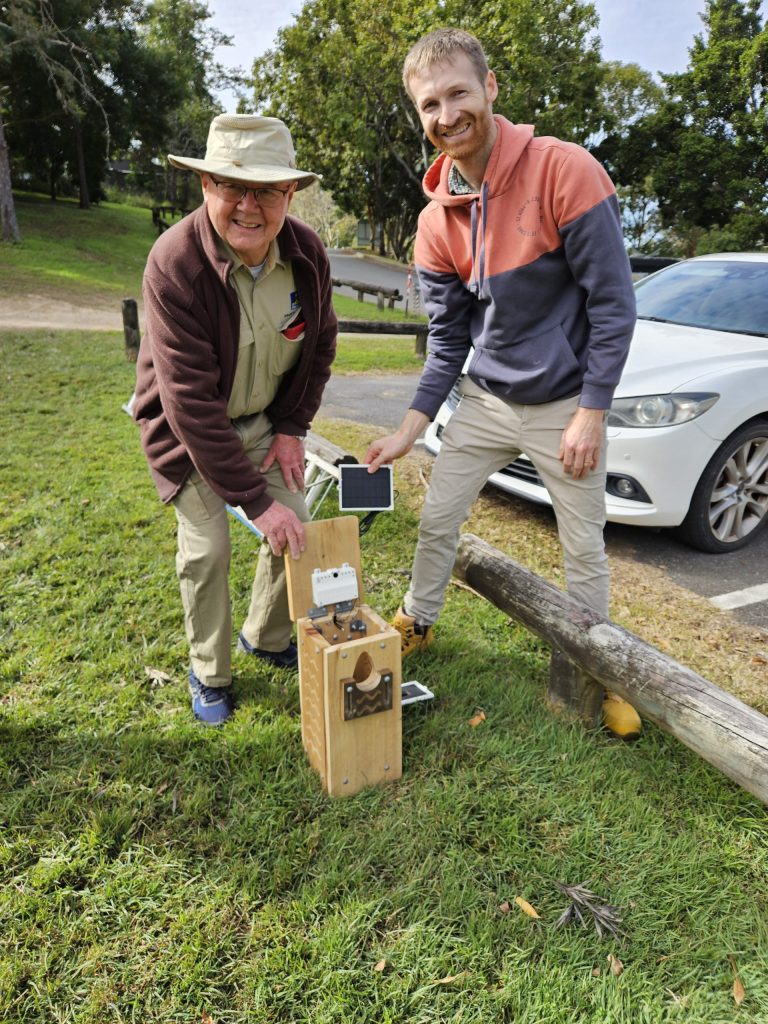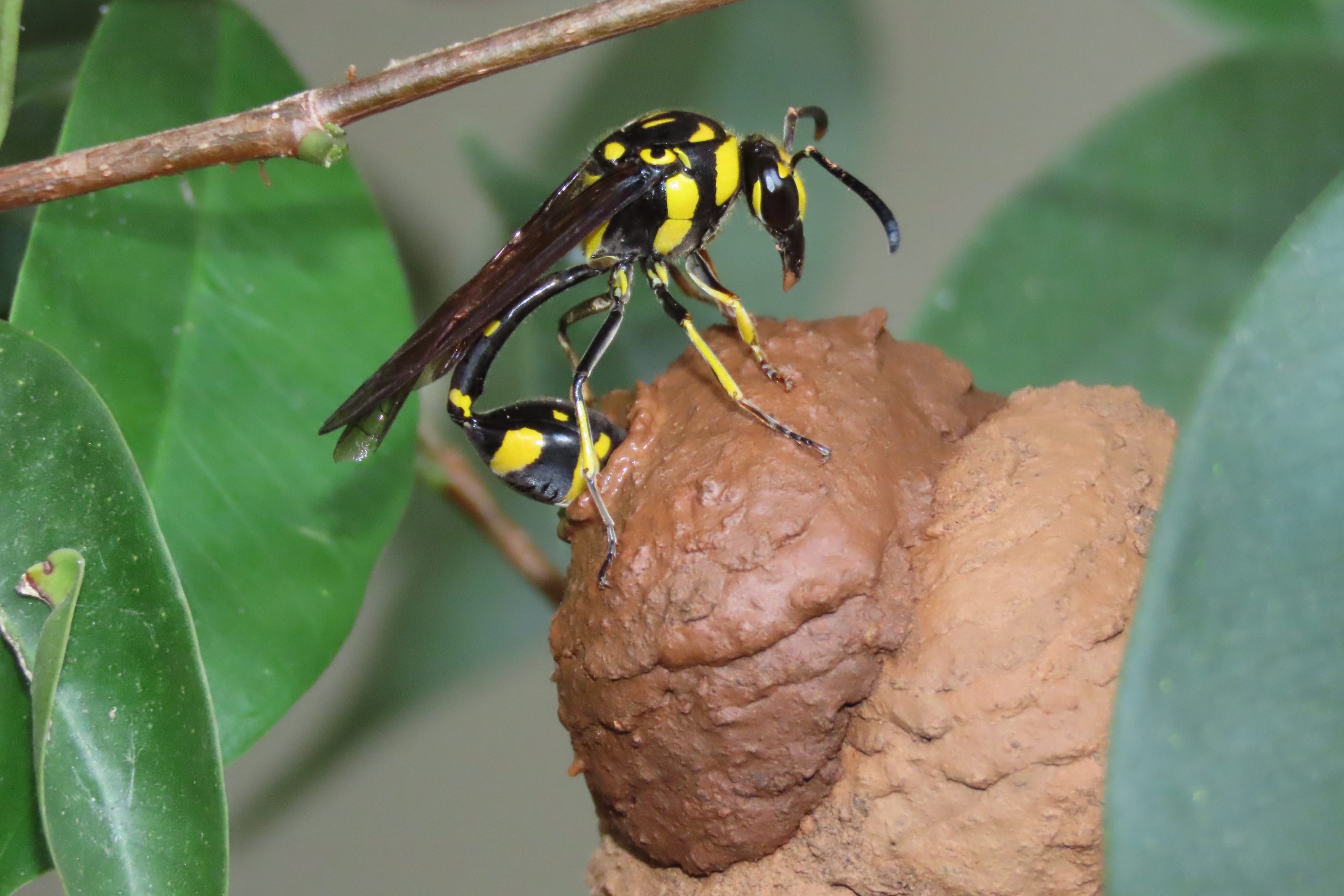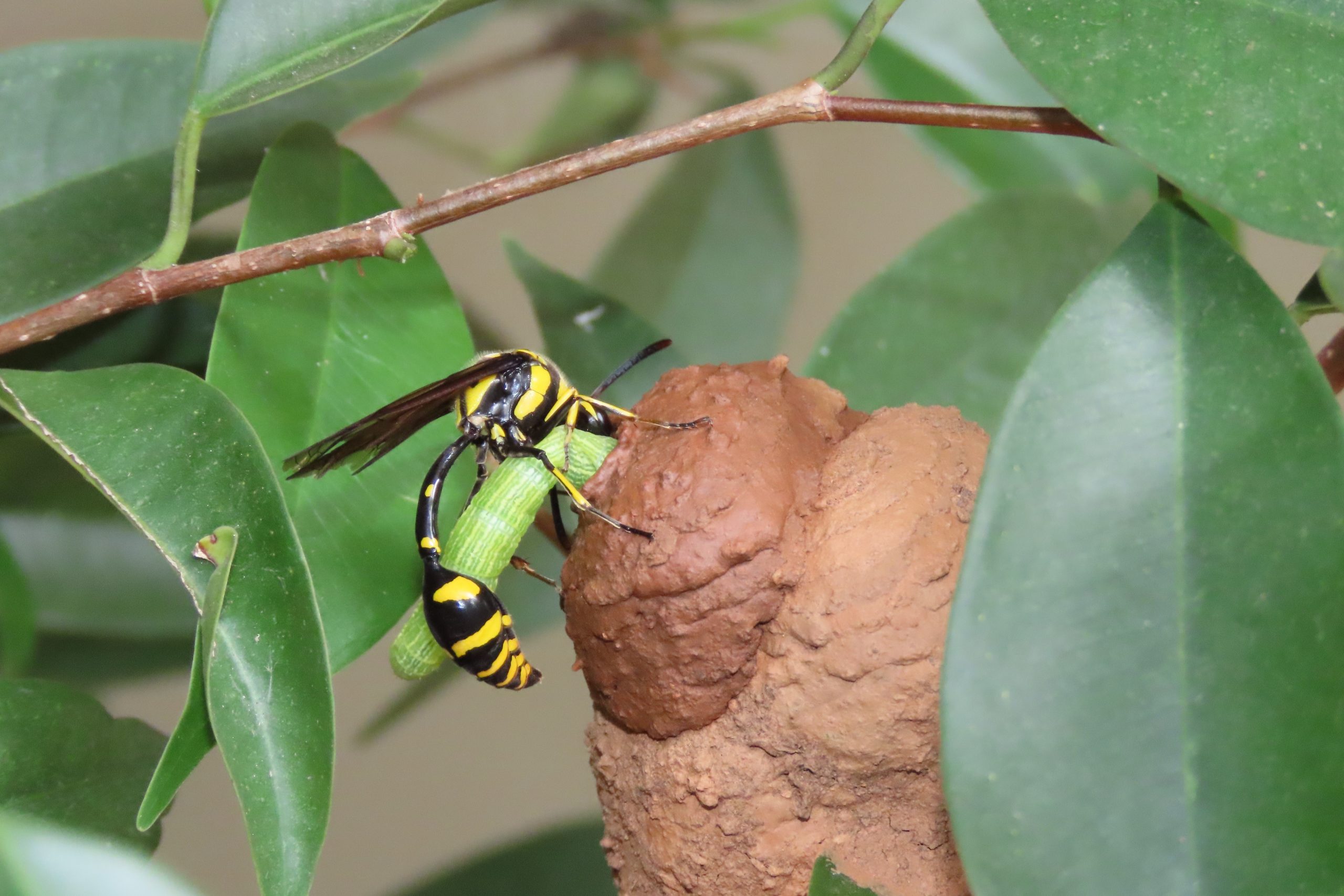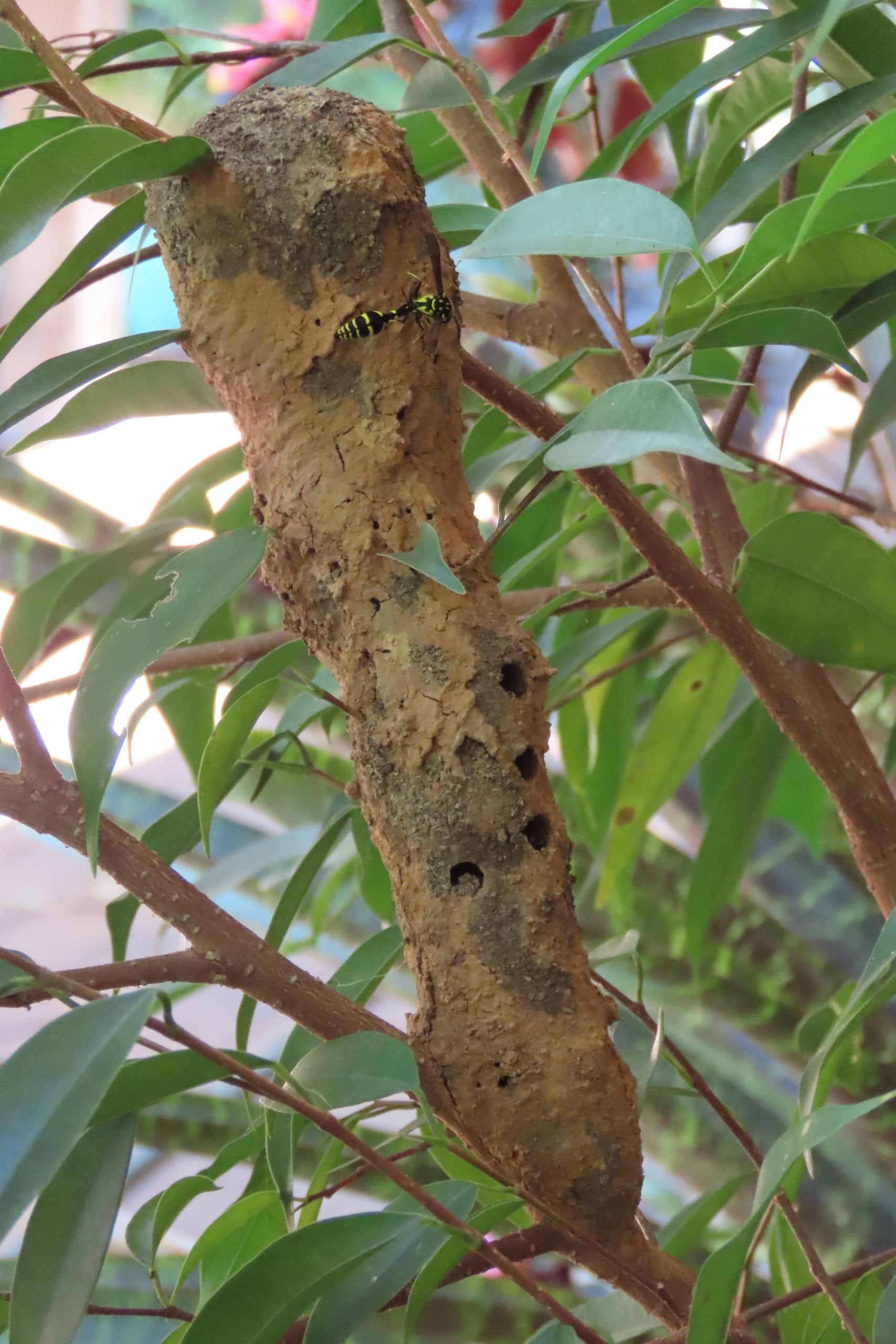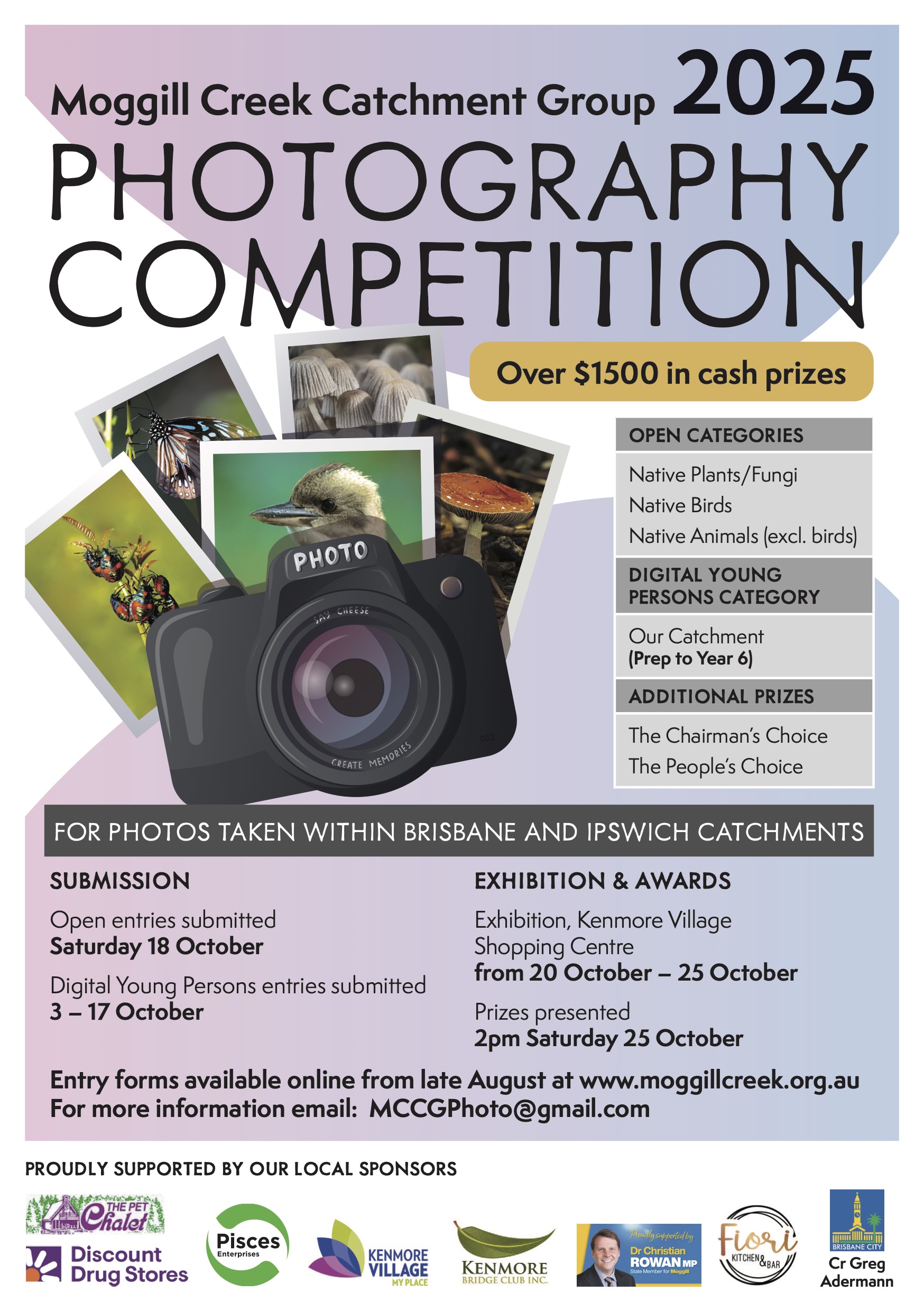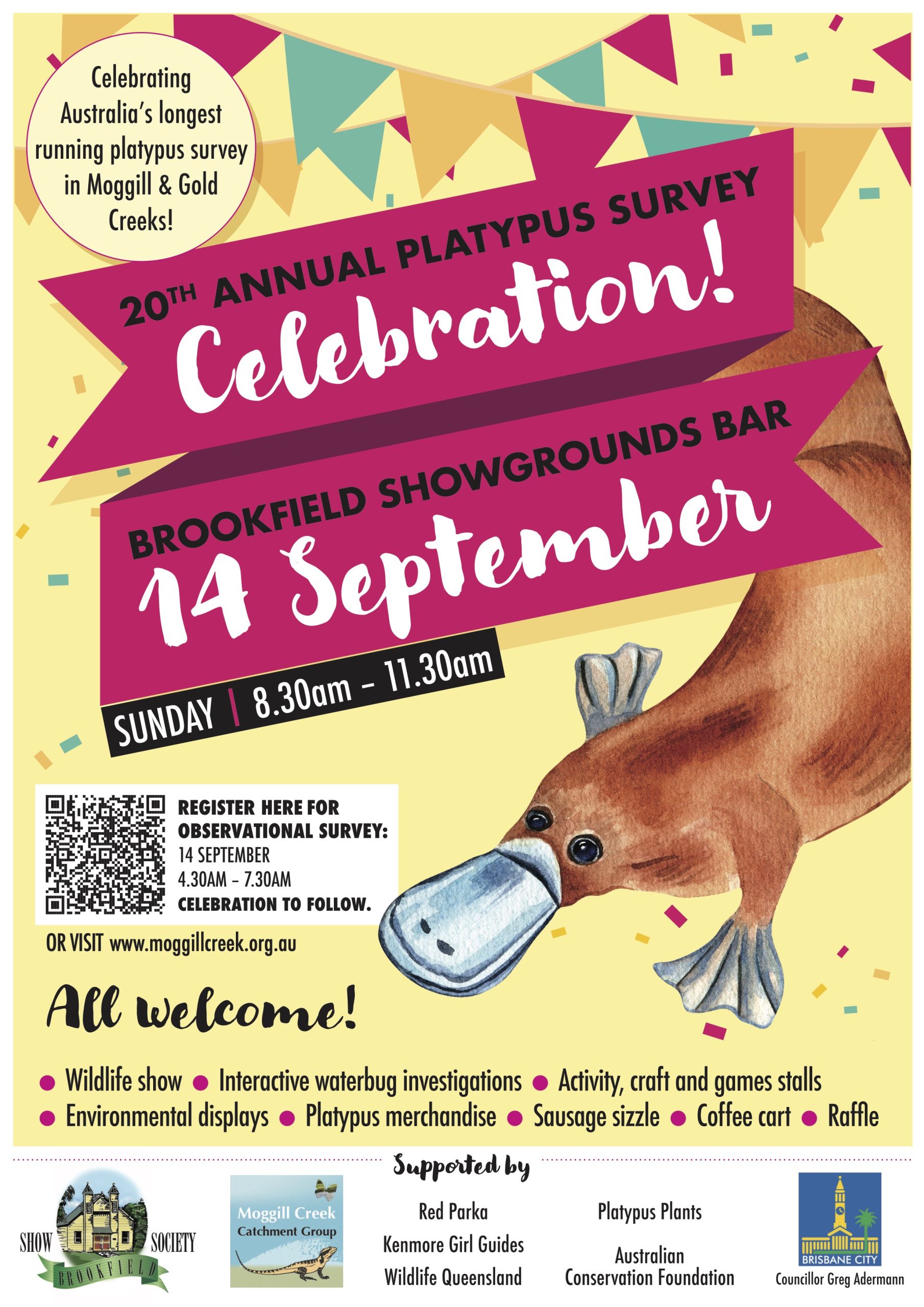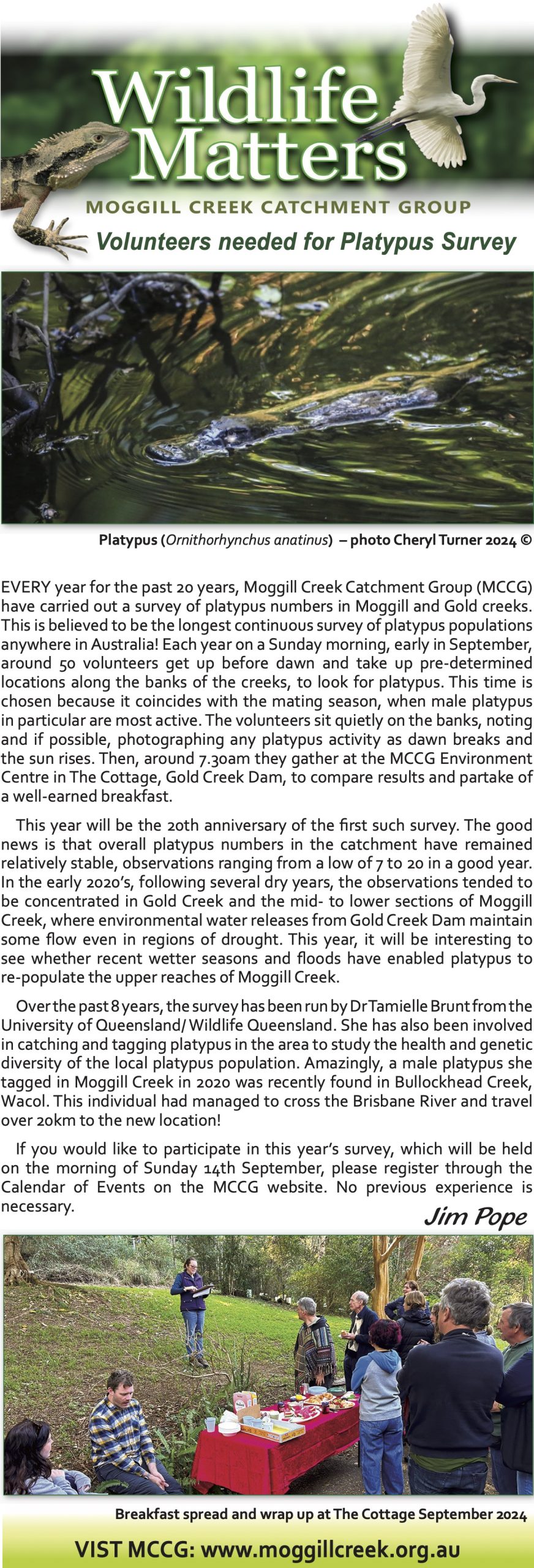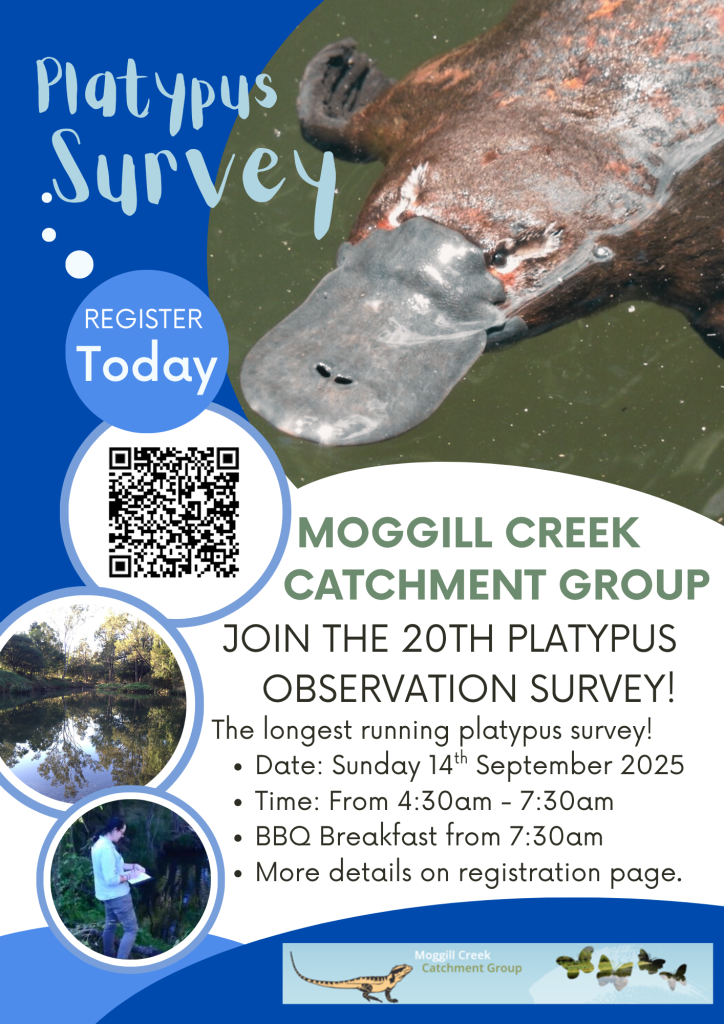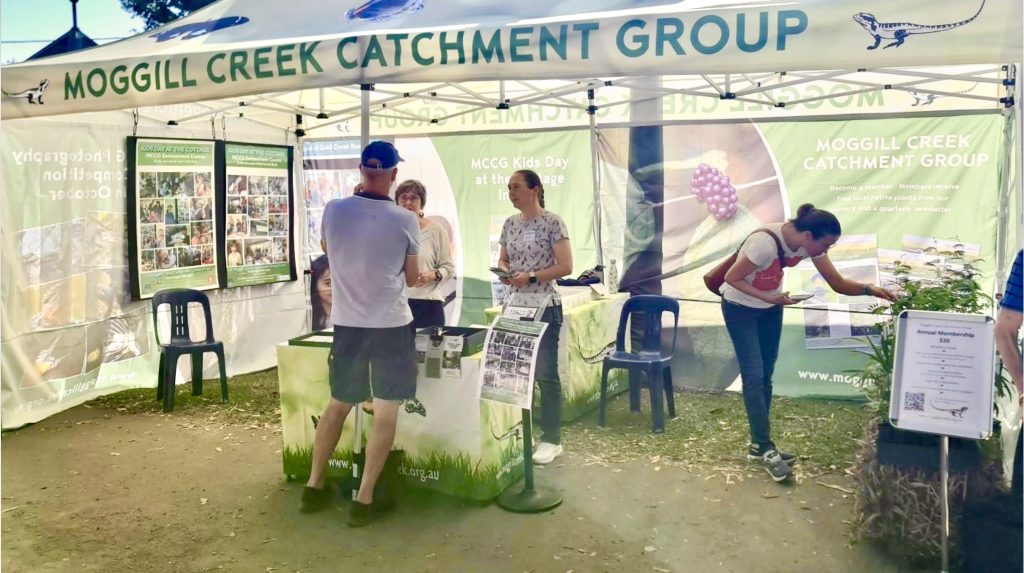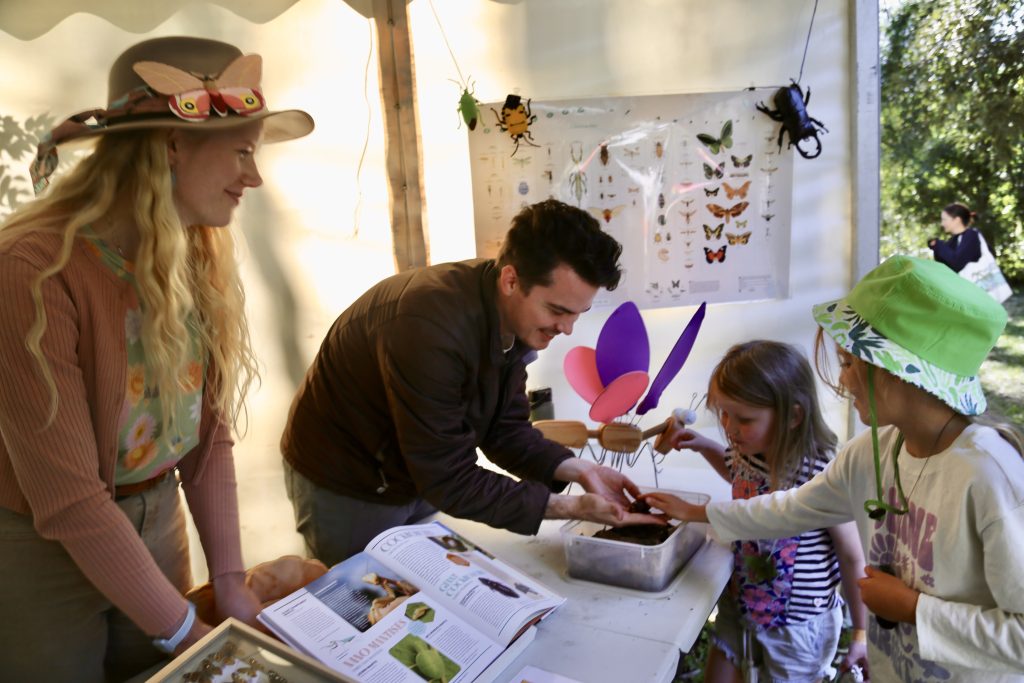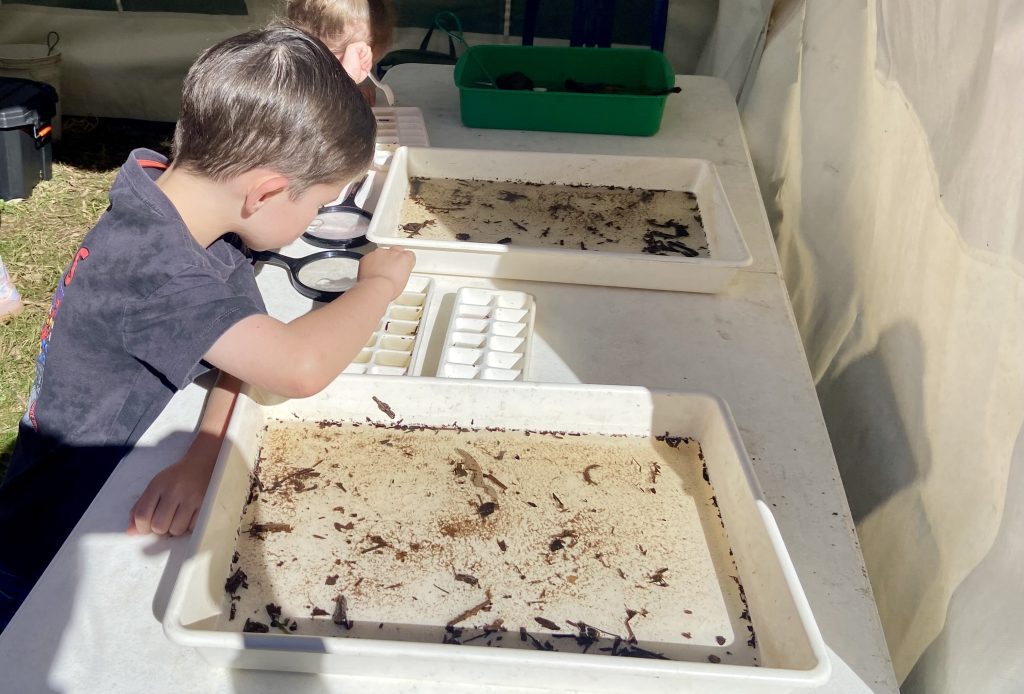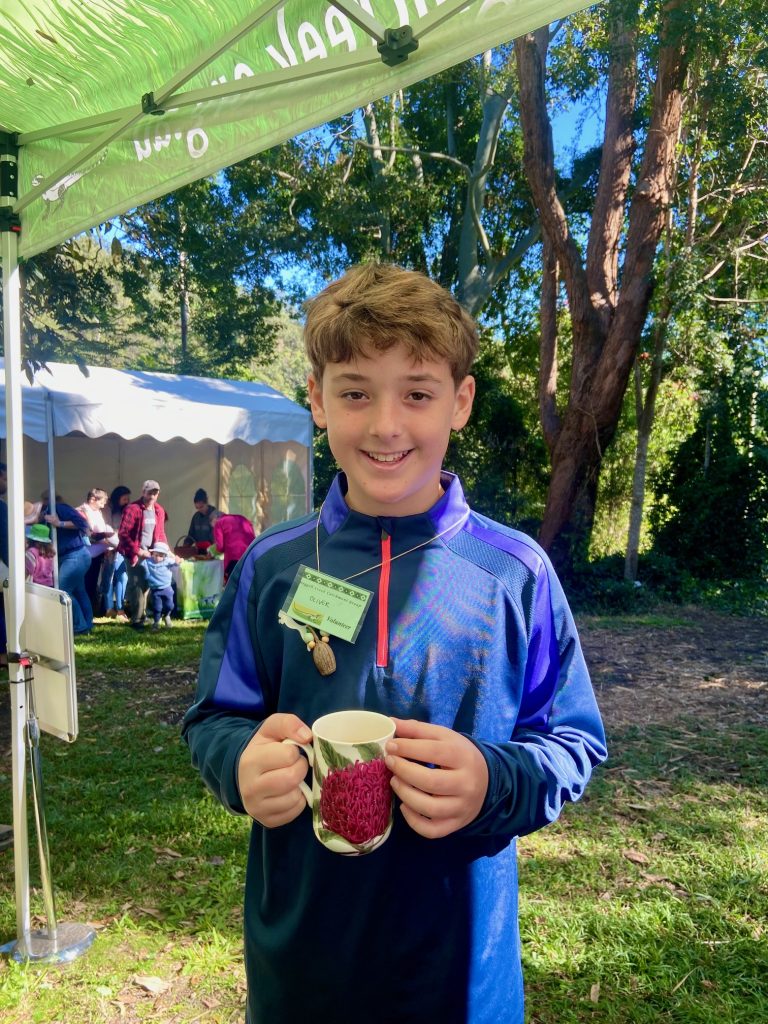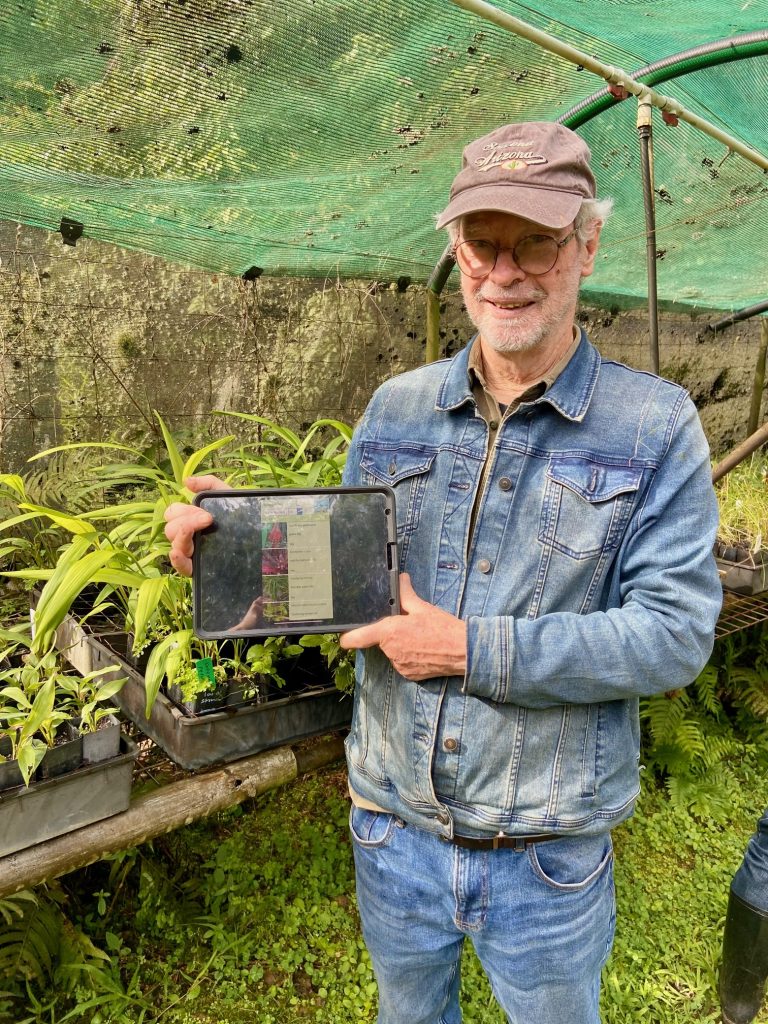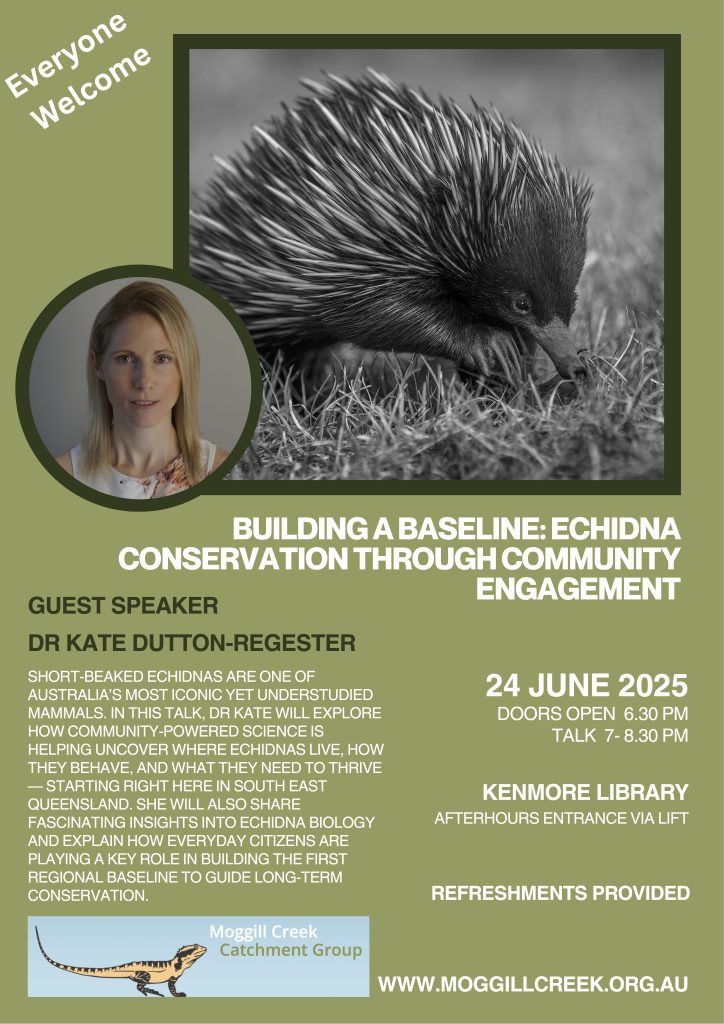CLICK! CLICK! CLICK! The 2025 MCCG Photo Competition was a huge success. Thank you to all the photographers for your entries and congratulations to all the winners. Over $1300 in cash went to the prize winners, thanks to the generosity of our local sponsors.
This year 26 entrants submitted 100 photos for the open categories with photographs taken within the Brisbane and Ipswich Catchments. This has been the largest number of entries in the last 7 years of the competition!
The photo competition could not run without the fabulous volunteers who generously give up their time each year. A massive thank you to the photo competition organising committee lead by Rebecca Bain with support from Robyn Frost, Bostjan Kobe, Janine Nicklin, Bruce Siemon and Geoff Lawrence and to all the volunteers who also support during the week.
Enjoy the winning entries in each category and start snapping in preparation for the 2026 Photo Competition!
Native Plants & Fungi
Sponsored by Cr Greg Adermann
Winner
David Edwards
Ethereal
2nd place
John Stephens
Hibiscus habitat (Hibiscus heterophyllus)
3rd place
Stephen Mudge
Bioluminescent Ghost Fungi
Highly Commended
David Edwards
Flaming
Highly Commended
Leanne Hester
Stephania japonica with Clematis glycinoides
Highly Commended
Leanne Hester
Syzygium fireworks
Highly Commended
John Stephens
A forest of Juncus
Highly Commended
Tracey Read
Majestic grass trees (Xanthorrhoea australis)
Native Birds
Sponsored by Kenmore Bridge Club
Winner
Sue Wilson
The Figbird’s favourite food
2nd place
John Stephens
A sun-showered heron
3rd place
Ciaran Turnbull
Kookaburra hanging out
4th place
David Edwards
Gathering nesting material
Pacific Baza
Highly Commended
Leanne Hester
Eastern Yellow Robin
Highly Commended
William Kemp
Double-barred Finch
Highly Commended
Joseph Pappas
Boobook in a hollow
Highly Commended
Sue Wilson
Thanks mum
Corella sp.
Highly Commended
Sue Wilson
Delicious
Butcherbird sp.
Native Animals (excl. Birds)
Sponsored by Dr Christian Rowan MP
Winner
John Stephens
A swallowtail at rest
2nd place
James O’Shea
Garden Orb Weaver
3rd place
Stephen Mudge
Self-portrait with fireflies
4th place
Joseph Pappas
Brush-tailed Possum
Highly Commended
Anne Love
Scorpion-tailed Spider
Highly Commended
Wogeng Li
Night’s gentle secret
Highly Commended
Stephen Mudge
Baby Eastern Water Dragon
Highly Commended
Cole Walchle
Precious cargo
Highly Commended
John Stephens
Rockmaster in the spotlight
Highly Commended
Tracey Read
Just emerged – Common Crow
YOUNG PERSON
Our Catchment
Sponsored by Pisces Enterprises
Winner
Annabelle Pappas
Blue-faced Honeyeater
2nd place
Ada Li
Midnight resident
3rd place
Lyla Heatley
Cockatoo
Highly Commended
Ari Ascher
Fungus
Highly Commended
Ian Tseng
Pacific Black Duck
Highly Commended
Sophie Moore
Glistening Gum
Highly Commended
Lyla Heatley
Bush Turkey
Highly Commended
Annabelle Pappas
Corella
Chairperson’s Choice Young Person
Sponsored by Discount Drug Store Kenmore
Lyla Heatley
Bush Turkey
Chairperson’s Choice Open
Sponsored by Fiori Kitchen and Bar
David Edwards
Green Jewel Bug
People’s Choice Young Person
Sponsored by Pisces Enterprises
Lyla Heatley
Cockatoo
People’s Choice (open)
Sponsored by The Pet Chalet
Winner
Joseph Pappas
Winking Owl
2nd place
Cole Walchle
I see you
3rd place
James O’Shea
Wood duck family
With huge thanks for the continued support this year from our sponsors
